Antelopes, coyotes and rock paintings – Baja by bicycle part 4
Country: Mexico
From Coco’s Corner to Guerrero Negro
Lesson learned: Everything that grows in the desert has prickles
Laughed about: Coco’s flirting attempts
Most wonderful miracle: Mexican antelopes
Animals we saw: vultures, coyotes, antelopes, lizards, mice, bunnies, wild horses, wild donkeys and fortunately no stingrays
Days on the bike: 3.5
Kilometers cycled: 281
Average kilometers per day: 80.29
Total kilometers cycled: 26,777
Baja by Bicycle part 4. Missed the last entry? Here it comes: Hot springs and giant cacto – Cycling Baja California part 3
Blog auf Deutsch: Antilopen, Kojoten und Felsmalereien. Baja California mit dem Fahrrad Teil 4
Baja by bicycle part 4.
Today we met a Baja legend: Jora Enrique Connals, known by all Baja travelers as Coco’s Corner. The 79-years old legend was missing both his legs, but that never stopped him from anything.
His home full of crazy oddities, including a collection of toilets and underpants. Our meeting has been so special that Roberto wrote an entire portrait about the famous Coco’s Corner and our stay with him in the desert.
We spent the night in one of Coco’s empty trailers. I think I’ll never make sense of the climate here in the desert. Some nights I can’t fall asleep because it’s so hot, other nights I wonder why I didn’t bring a scarf and a warm sweater. Tonight was a mix of both and I woke up shivering without the sleeping bag.
We count two short nights now and started the day with a bumpy 20 kilometers climb. It was a rough morning, but we were saved by a small food stand. Remember Sonia from Guadalajara, who ran the workers’ food stand where the pavement ends? Her sister was situated here, doing the same, so we stopped for a warm breakfast and a chat.
We climbed and climbed and eventually reached the highway at 700 meters altitude. These 21 kilometers took us 3 hours plus break time. Highway one was in great condition, mostly flat and with relatively little traffic. But there was no shoulder at all and both lanes were very narrow.
Two trucks barely fit next to each other. Every time we saw a truck coming from the front, we checked the mirrors. If there was another one from behind, we would stop the bikes and wait in the bushes next to the highway, till both had passed. When we faced a guardrail on our side we would have to speed up and hope for no trucks. Despite the little traffic it was a rather stressful day.
The landscape was stunning. Large and green cacti surrounded us. It felt more like a forest than a desert. You might think that after a while it got boring to bike through the same old desert. It’s not.
That’s because the landscape is constantly changing. The soil changed from sandy to rocky, clayey, to rugged and from yellow to ocher, brown, orange, red, chestnut-colored and grey. Every couple of kilometers another plant was the dominant one, then it was near bleak for a while. There was so much to see!
We spent the night in the tiny village Parador Punta Prieta, where we were offered to spend the night in the locked up RV park. There was a room with three walls that nobody really used, so instead of pitching the tent, we just slept right there. It was a cold night. Roberto was already fast asleep when the first mouse crossed the room.
Today we left the highway and headed east towards the coast. We had heard so much about Bahía de los Ángeles, that we believed it was worth the 67 extra kilometers. What we didn’t know was, that there was not a single building or palapa that provided shade to be seen on the entire way.
After 40 kilometers we were tired, so we decided that a tree would do the trick. We parked the bikes and placed the picnic blanket in the shade. Roberto laid down and jumped onto his feet again immediately.
What we didn’t know was that the tree was spiky and that the ground was covered in spikes. Our picnic blanket was full of them and so were Roberto’s back and butt. It was a rather brief break, and one that we didn’t quite enjoy as much as usual. After five minutes standing crouched under the tree and complaining, we decided that we might as well continue the ride.
Today we saw two mares and their two foals, a tall white donkey and three more shaggy and small brown donkeys. Later the locals told us that the brown donkeys used to have owners, but nobody had seen any of the horses or the white donkey before. These must have been wild animals.
Luz Maria’s family had lived in Bahía de los Ángeles for generations. She organized a room for our presentation. As there was no cell phone signal and a very slow to nonexistent satellite Wi-Fi, she recommended us to make our announcements via the local radio.
Most shops and quite some private households owned a mobile radio so they could publicly send and receive local news.
We spent our morning off trying to connect to the Wi-Fi in order to respond to emails. After a while we gave it up and headed for the beach. The Sea of Cortes is also known as “the world’s aquarium” and from June onwards it was famous for lots of whale shark.
We were a bit early, but yet there were plenty of fish in the bay. For days the locals had been warning us about stingrays that hid in the sand and poked big holes into the feet of people who accidentally stepped on them.
Accordingly we were a little nervous. But we didn’t make a 67 kilometers detour to watch the sea from far the beach. We met Antonio, a part time clam fisher, and his son Patricio, a passionate cyclists and diver. They rented us snorkel, mask, fins and wetsuits for 100 pesos each. Antonio told us we would get cold soon without the wetsuits.
Two hours later we met at the public boat ramp. Roberto’s wetsuit fit perfectly and mine felt more like a sausage casing, with my body being the sausage. Roberto closed my zipper and I struggled for air. “Once it’s wet it will fit you easier”, Antonio said. I guessed that the suit belonged to his 12-year old son.
My snorkel set was brand new. “You can inaugurate it and then I can keep it”, Patricio smiled, “it cost 200 Pesos!” That was exactly our rental fee. Worked out just right for Patricio.
With wobbly knees we waddled towards the water. It was cool but not too cold. When the water reached our knees we let ourselves fall forward into the water with a loud bellyflop. “Don’t you dare touch the ground”, I said to myself, “it’s probably home to 100 sting rays!”
Despite the cold water I was hot in my suit. Usually I’m a quite good swimmer but the sausage casing around me made it hard to move any limbs at all. My mask let some water in and soon my left eye was full of salt water. I pulled the mask tighter and tighter and ended up with a pain in the eye plus a bad headache, due to the tight mask.
The impression of the mask stayed in my face for hours after. It was hard to move or breathe and after fifteen minutes in the green water without a single fish to be seen, I decided it was time for a break. I swam back to the ramp, extra careful not to touch the ground (evil stingrays!), opened the wetsuit and started again for a second round.
This time there were a few fish to be seen. Roberto spotted many fish of all sizes and colors, but I could only see with my right eye and I was mostly busy trying to breathe and to avoid slimy objects from touching my skin.
It occurred to me that I might simply not quite be an underwater person. In the end I was so exhausted that I couldn’t even be bothered for the “danger” on the ramp. In my suit it was impossible to bend forward, so I had the options of laying on the shore or walking over the stingray-covered ground. On the positive side: this unique but tiring experience was enough to make me lose my fear of stingrays and slimy green sea life.
After an hour we returned our gear and hoped that nobody had seen our poor skills. We got ourselves a big bottle of beer and sat down on the beach. This was where we met Paul and Jacob.
These two had just finished their tour through the archipelago on a boat. They had spent every night camping and now rewarded themselves with a night in a hotel. Just like us, they had also had some problems with the strong winds in the past days.
Paul was a lawyer from San Diego. He had a long and bushy beard and his tanned arms and hands were full of mosquito bites. It was hard to imagine him in a suit at court. Jacob worked for NASA in Washington DC and spent all day in long sleeves, because his Irish heritage has left him with skin that burned within an hour.
Just like Roberto he enjoyed comparing real-life moments to The Simpsons episodes. Jacob couldn’t stand the series The Big Bang Theory, because it reminded him too much of his own life. Clearly we had a great time.
We started our presentation in front of an audience of two: Luz Maria and a lady who had heard Roberto’s radio announcement. Some more people arrived some 45 minutes later and in the end we had an audience of eight. That way there was time enough for everybody’s questions.
We wanted to head back to the highway on the next day, but Luz Maria offered us to join her and her family and friends for an excursion to old rock paintings in the desert. Luz Maria’s sister Rosa and her husband Isaias, who had rented us a room in their holiday home, treated us with one free night and even offered us a ride back up the road to the highway for the following day.
They had to go to San Quintín, because they needed a new laundry machine. From Bahía de los Ángeles it was two hours to the next cash machine in Guerrero Negro, four hours to the slightly bigger San Quintín, and six to eight hours to Ensenada.
Locals regularly had to drive these distances, because back home they simply couldn’t visit any dentist, buy car parts, open a bank account or buy furniture.
It was a fast and sandy ride four wheel drive through the deep sandy paths of the desert. I guess I would have been lost after two kilometers, but Luz Maria knew the area like the back of her hand. She owned a huge chunk of land out here, including a beautiful ranch that we visited later in the afternoon.
We strolled alongside the rock wall, searching for the nicest and biggest paintings, watched the geckos, and climbed some rocks. The paintings were absolutely impressive and I wish we had known anything about them, other than that they were old.
The vegetation had been stunning ever since we had entered the Valle de los Cirios a few days ago. Cirios are called Boojum trees in English (Fouquieri Columnaris for those who understand Latin names) and they are tall trees that are made of only the trunk and some tiny branches that make them look like huge and hairy rat tails.
A Boojum tree grows a meter every 27 years. We saw one that was roughly eight times bigger than me. The countless Boojum trees were surrounded by all kinds of cacti, trees, shrub and flowers. There were no leaves, but other than that we felt like in a forest.
At 7 am we headed back to the highway. Rosa and Isaias dropped us off back at the Parador Punta Prieta. They headed north and we shouldered our bags and headed south. We were happy we didn’t have to bike the same road twice.
As usual the wind blew from the Pacific side. We stopped in the first village and filled up our water bottles at the local “purificadora”. In Mexico most villages where tap water wasn’t potable, had a water purification station where people could fill up their bottles. Thanks to this great system we didn’t buy one single bottle of water ever since we left Tijuana.
The way was rather narrow, hilly and windy, but we simply stopped in front of every stretch with guardrail and only continued when we didn’t hear any motor noises.
It was still rather safe on the narrow road. In the early afternoon we stopped in Rosarito for lunch. I don’t know if we changed directions or if the wind did, but after our break it pushed us forward.
The hills disappeared and the ride was flat as a pancake. In Villa Jesús Maria we decided to call it a day. Guadalupe, the village’s only hotel’s owner, happily provided free camping space for cyclists and we slept early and well.
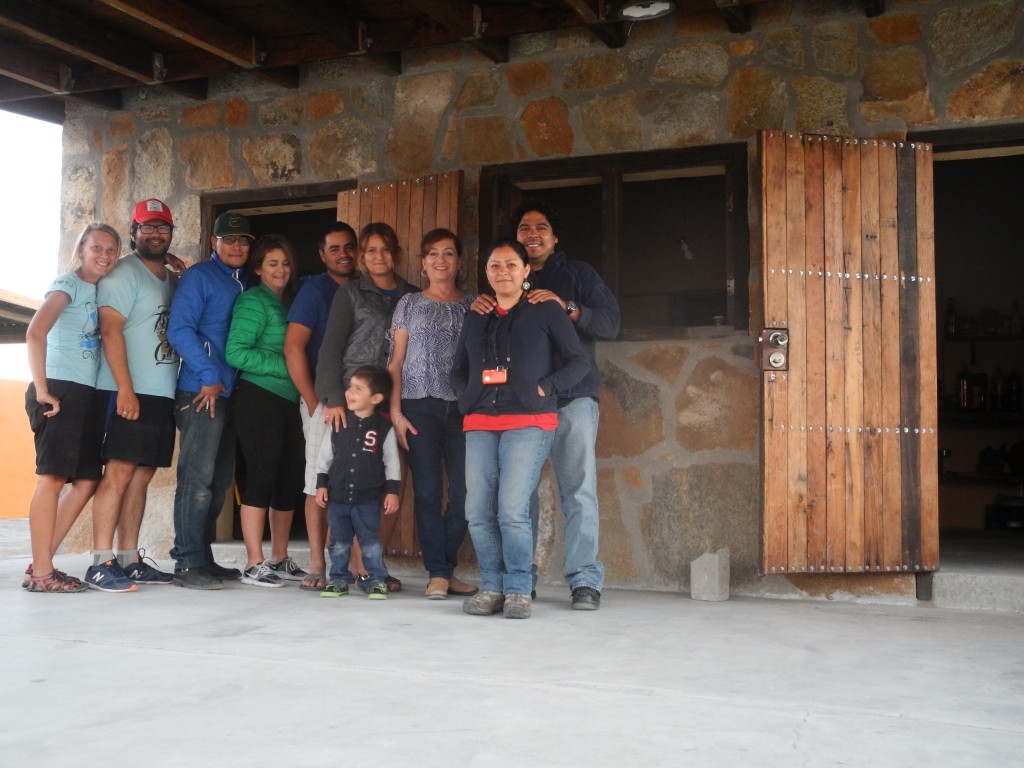
Our new friends from Bahía de los Ángeles at Luz Maria’s ranch. Only now did we realize we had been wearing the same outfit all day.
It was an easy last 30 kilometers to Guerrero Negro. We could see the huge Mexican flag on the 28th parallel from 10 kilometers away. This was where we left the state Baja California behind us and entered Baja California Sur.
We spent the night at Don Oscar’s, father to our friend Dora from Ensenada, and grandfather to our friend Jorge, whom we would visit in Mexico City. Don Oscar was 84 years old and a true workaholic.
He had a shop that sold clothing and shoes imported from the USA, he ran a small chicken farm and in his spare time he bought and sold property nearby. Don Oscar loved his jobs and couldn’t imagine ever retiring. His wife had left to visit their daughter Dora in Ensenada.
Don Oscar had a friend called Don Roberto, who had been working as a supervisor in the salt works for many years. Don Roberto took us for a tour through the factory. We had to fill out several papers before he was allowed to bring any visitors in.
It was a big tour and we drove for some 80 kilometers. There was salt all around us, it was absolutely impressive. Guerrero Negro provides the world with seven million tons of salt every year, that makes it the world’s biggest salt factory.
We did a presentation on the small Campus of the UABCS (Universidad Autónoma de Baja California Sur), mostly for students of alternative tourism. Guadalupe’s son had been studying tourism there and her daughter is in her last semester.
We filled up the auditorium with lots of motivated and creative students. Guerrero Negro is famous for the salt mine and for the grey whales that lived in the bay all winter looking after their babies. Winter is also the time of year when birds from many distant countries enjoyed the warm air of Guerrero Negro.
During most months of the year, there isn’t much tourism in Guerrero Negro though. The UABCS’s students took it as their aim to change that. Their guide: teacher Zihul.
His classes are about camping without leaving traces. He organized hikes through the desert and the mountains, for his students as well as tourists. And he was also the one to introduce us to the Berrendo Peninsular.
The berrendo is an endemic antelope as old as the dinosaurs. It is in danger of extinction. Zihul told us that it was the only mammal that originated in the Americas. You could say they are America’s Pandas.
Zihul and some of his friends worked on a voluntary basis in the Berrendo breeding center, that has done a great work during the past years. It is situated less than ten kilometers from town and the main goal is to raise the Berrendo’s numbers by hand feeding the abandoned twins (Berrendos usually only raise one of their babies and leave the other one), by feeding and watering them, and by checking the fences to keep the hungry wild dogs out.
Little by little they introduce the Berrendos to the life outside the sanctuary. We had heard a lot about the cimarron mountain sheep and about several pumas that lived up in the mountains, but we had never heard of American antelopes before. We hope that someday the Berrendo breeding center will find as much support and as many sponsors as the Panda breeding Center in China that we had visited in 2012.
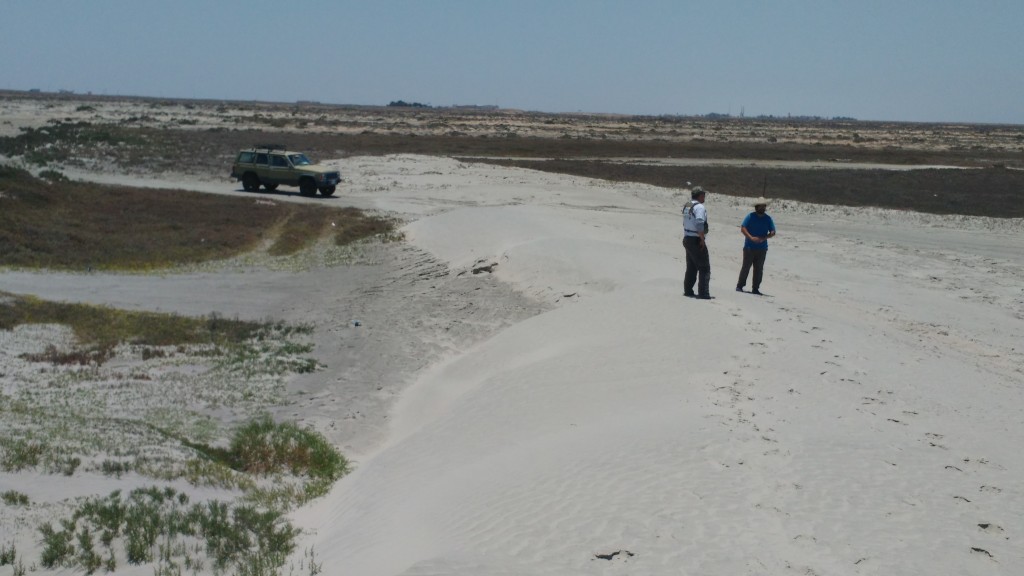
Zihul also showed us the nearby sand dunes. Another place we would have never seen if it wasn’t for him. .
For now we were curious on the Baja California Sur. The forecast showed temperatures in the low 40s. We decided it was a good moment to buy an extra sun cream and a bigger water canister. Baja Sur here we come!
Next entry here: Baja Sur by bike part 1

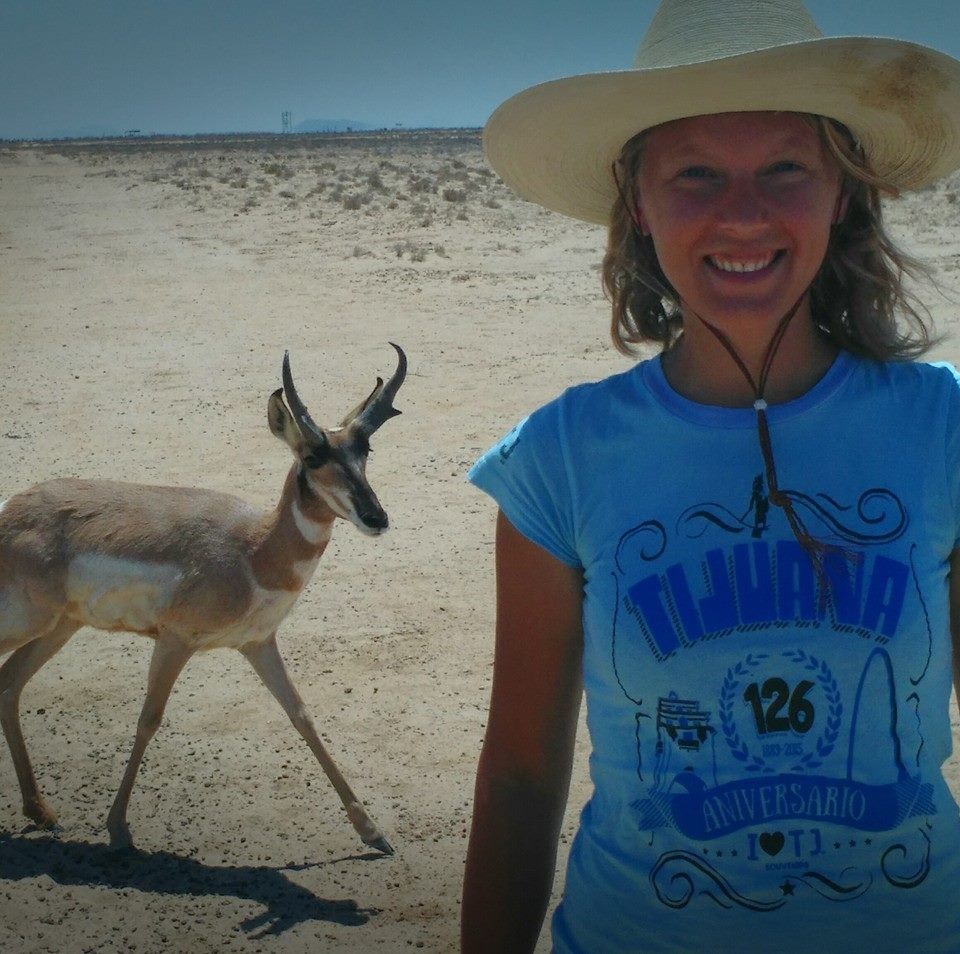
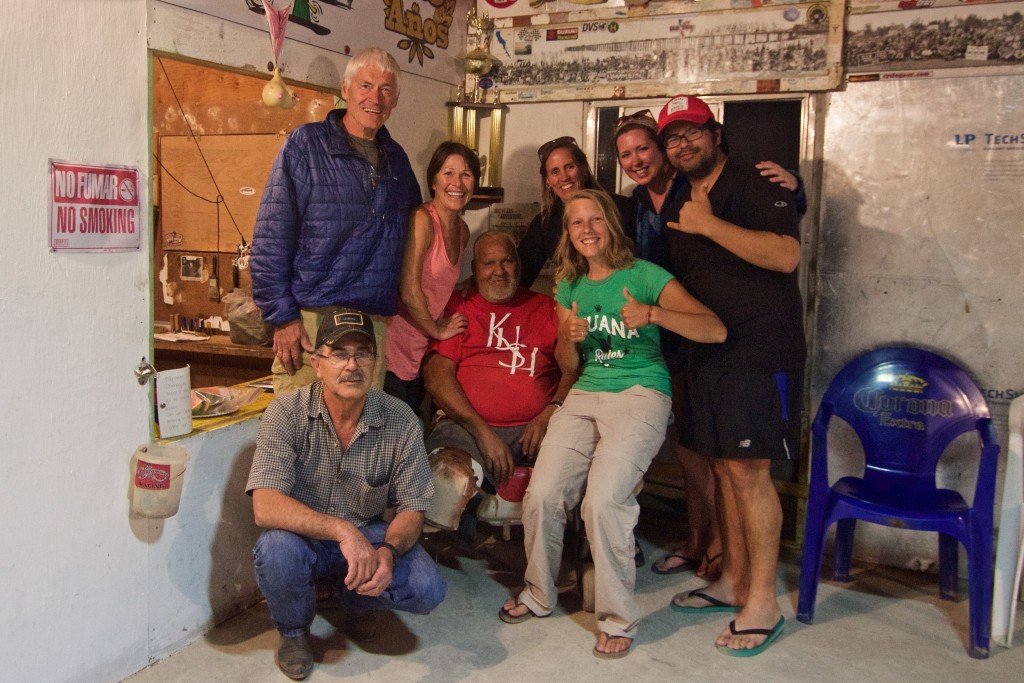
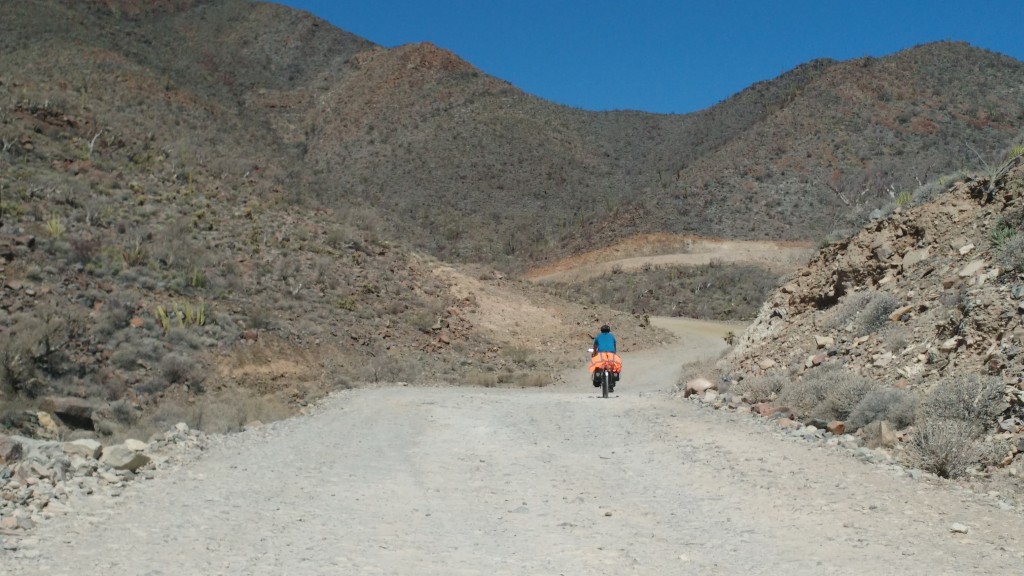

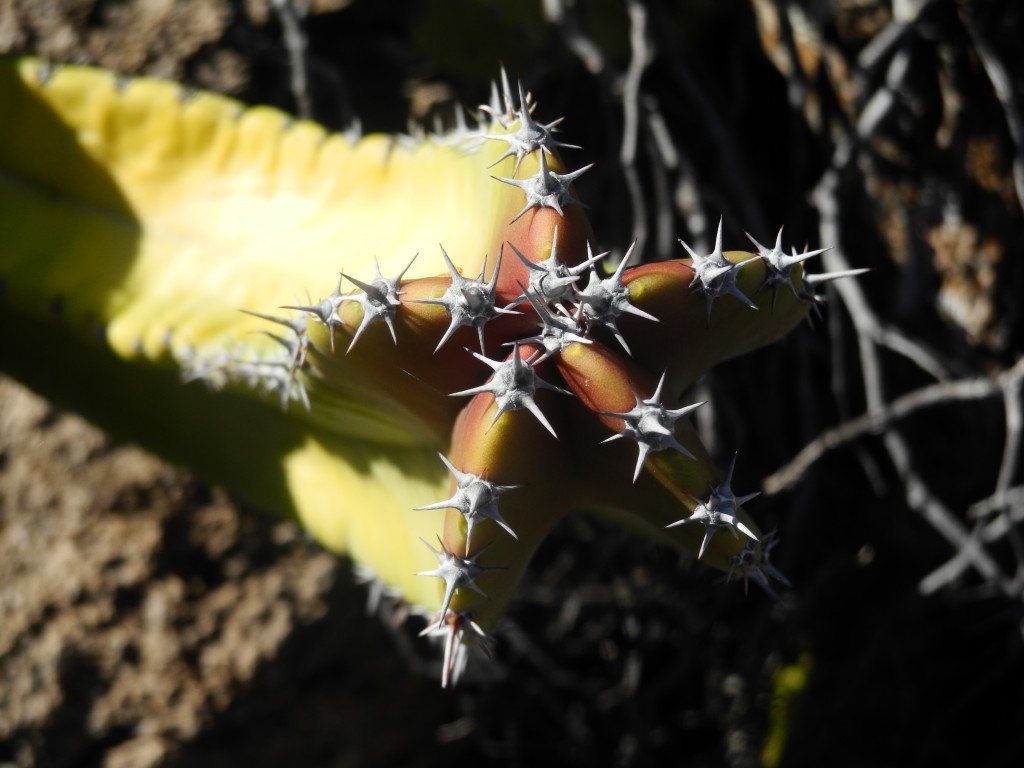
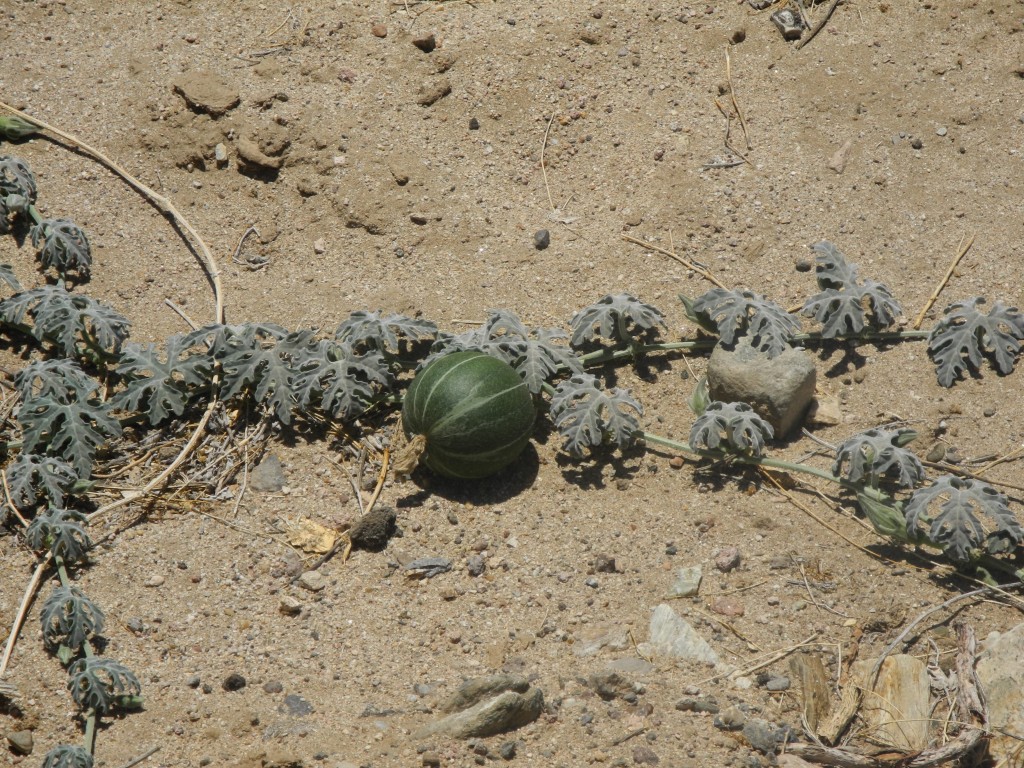
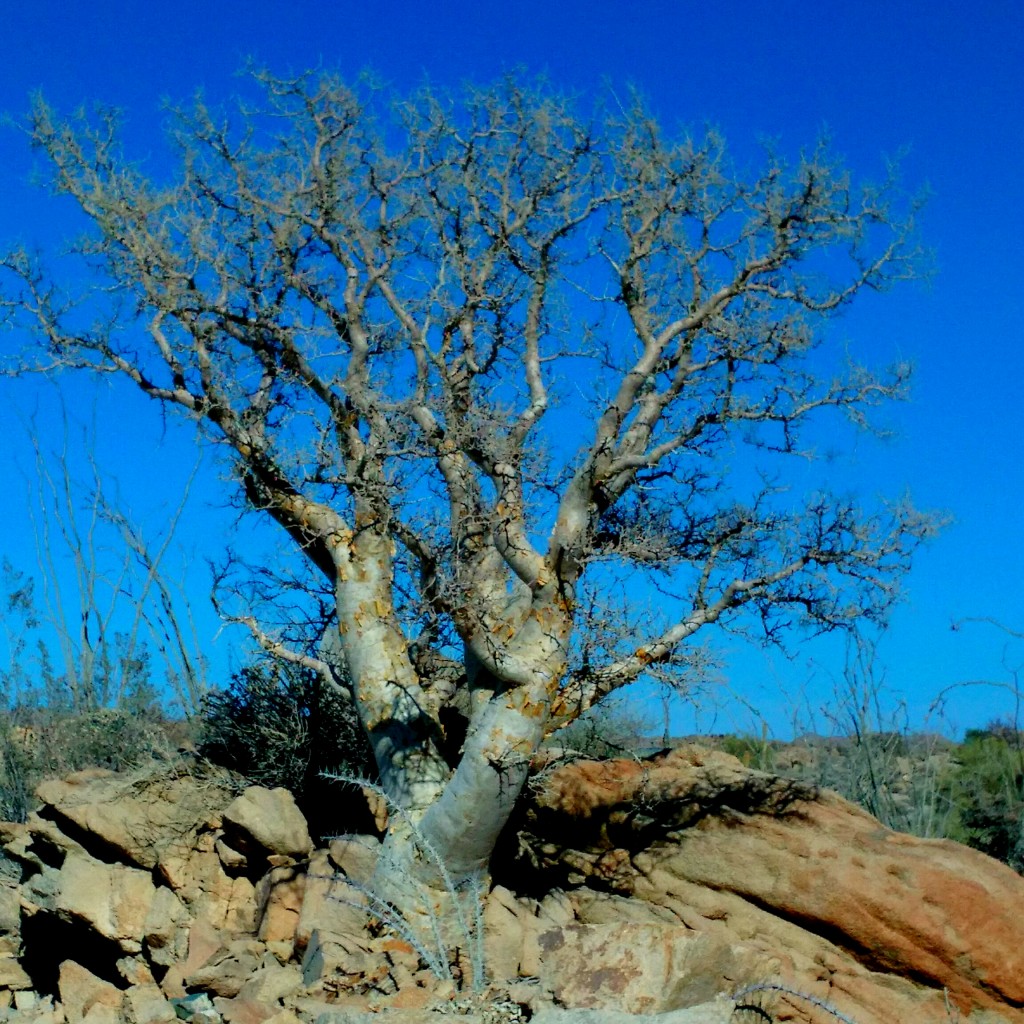
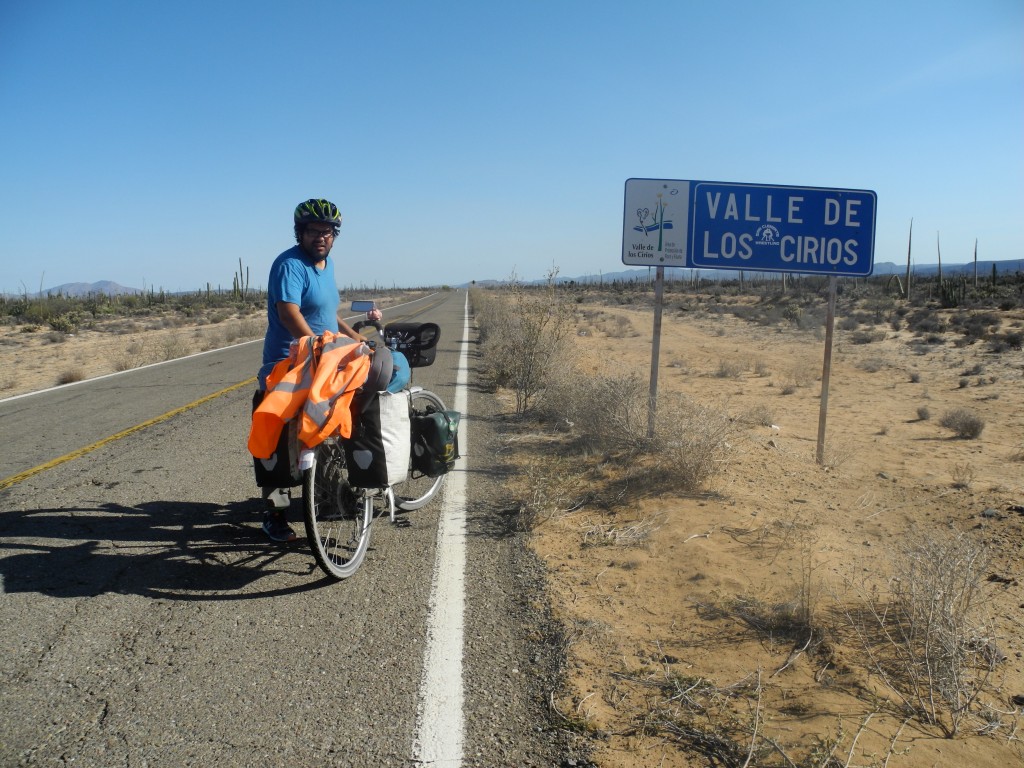
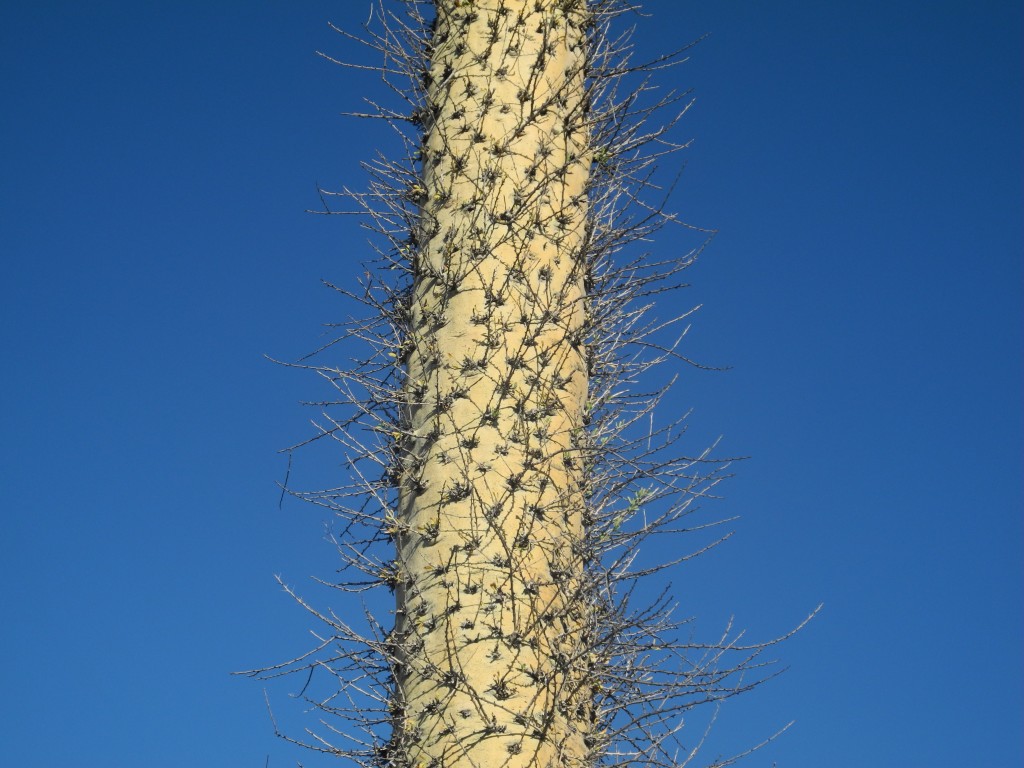
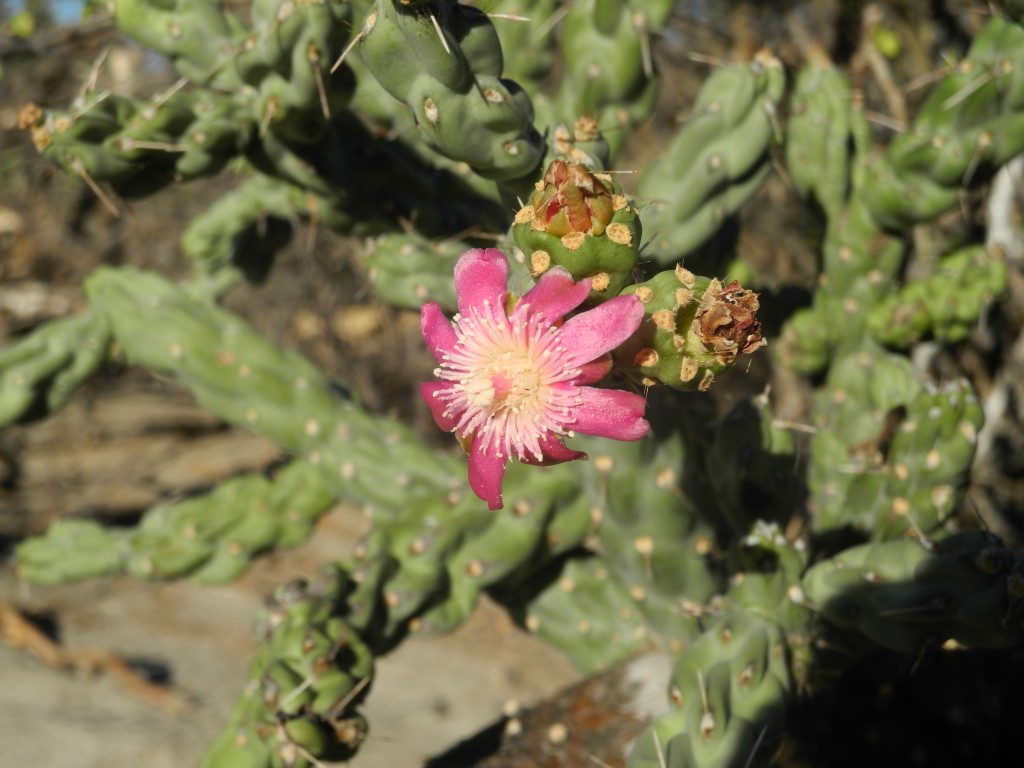
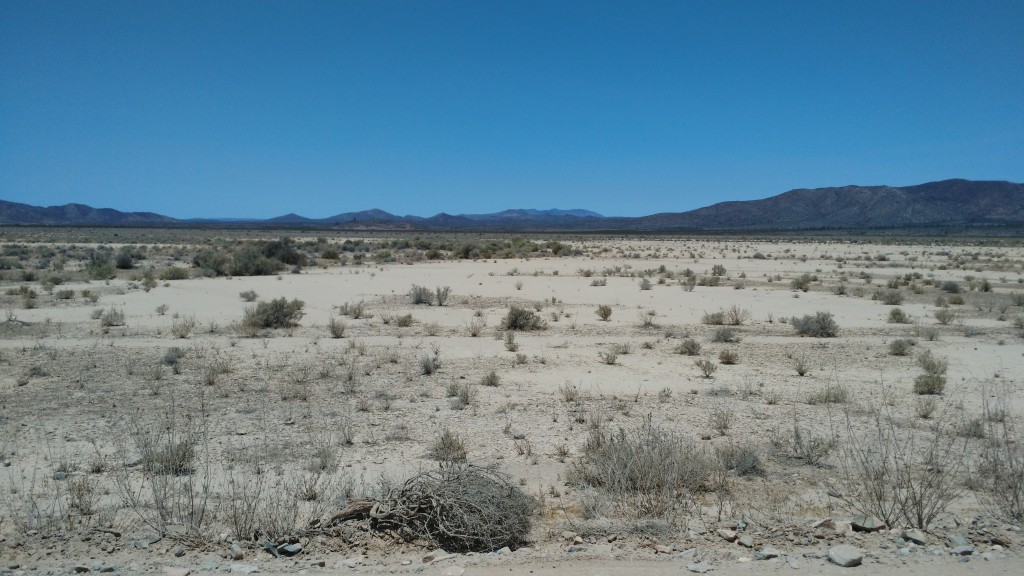
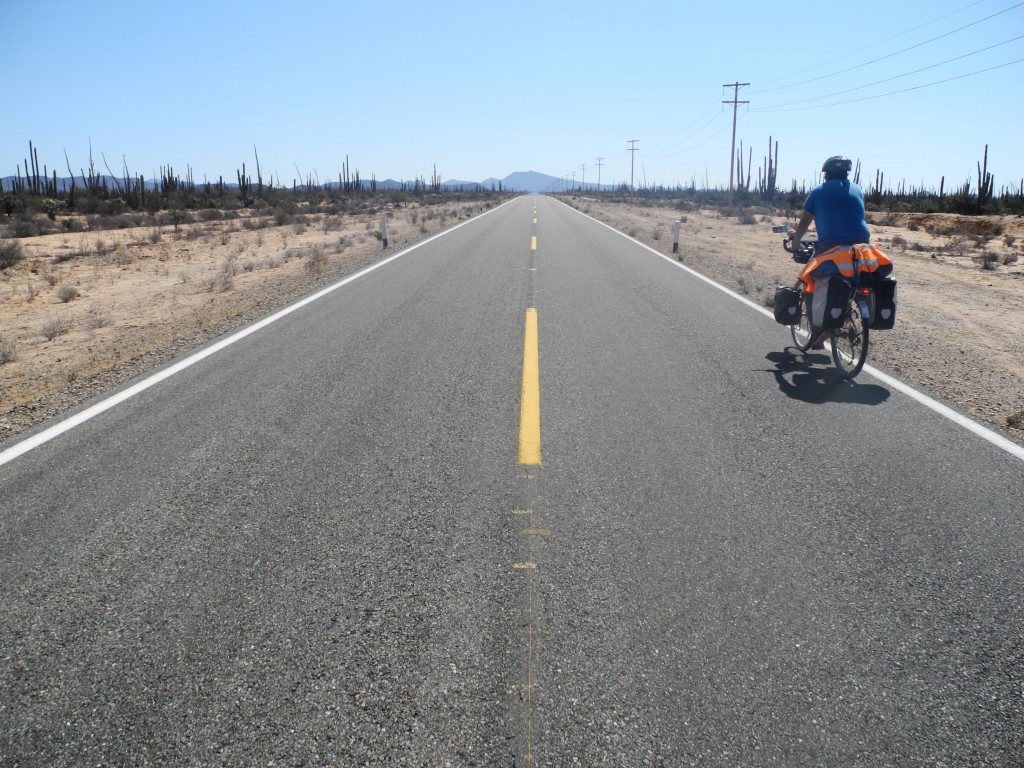
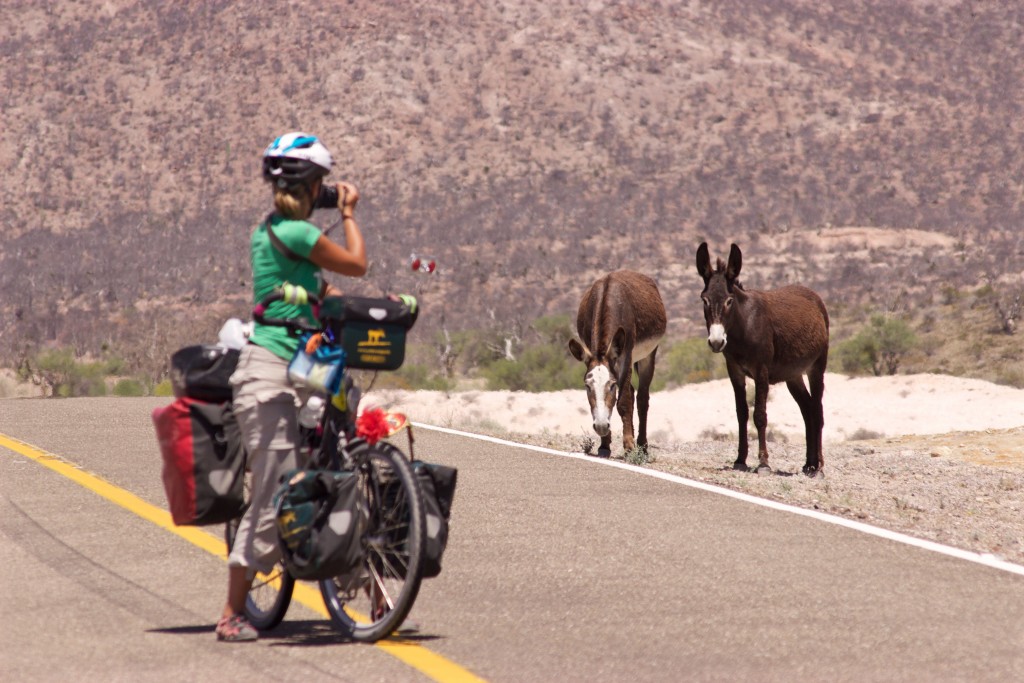
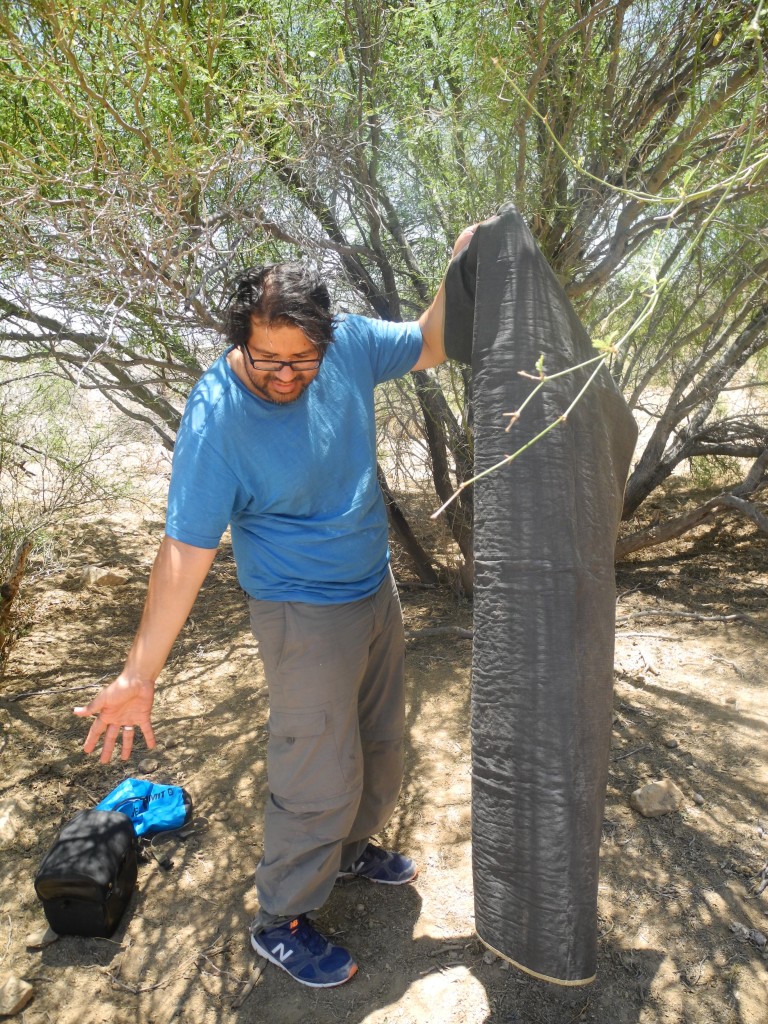
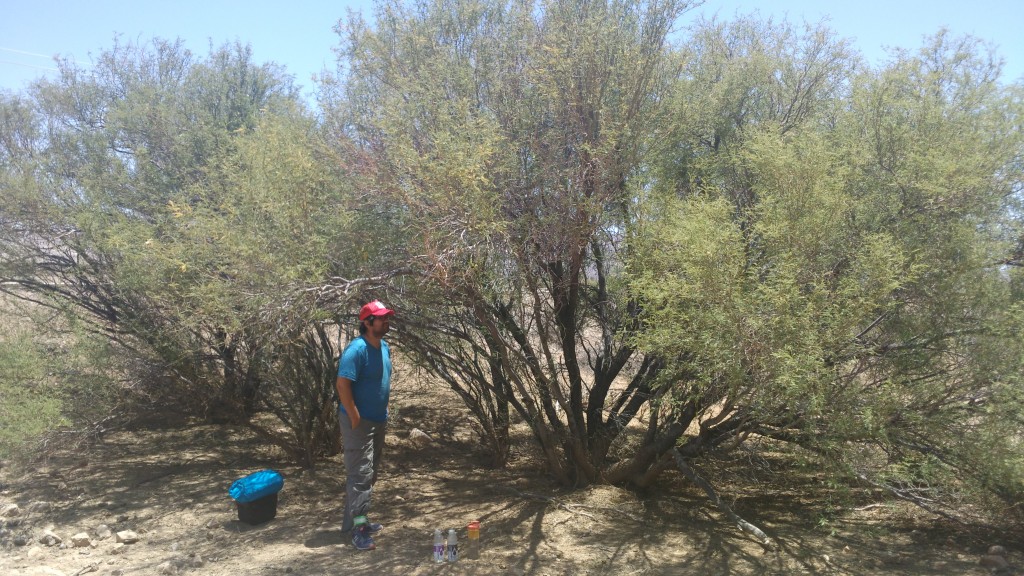
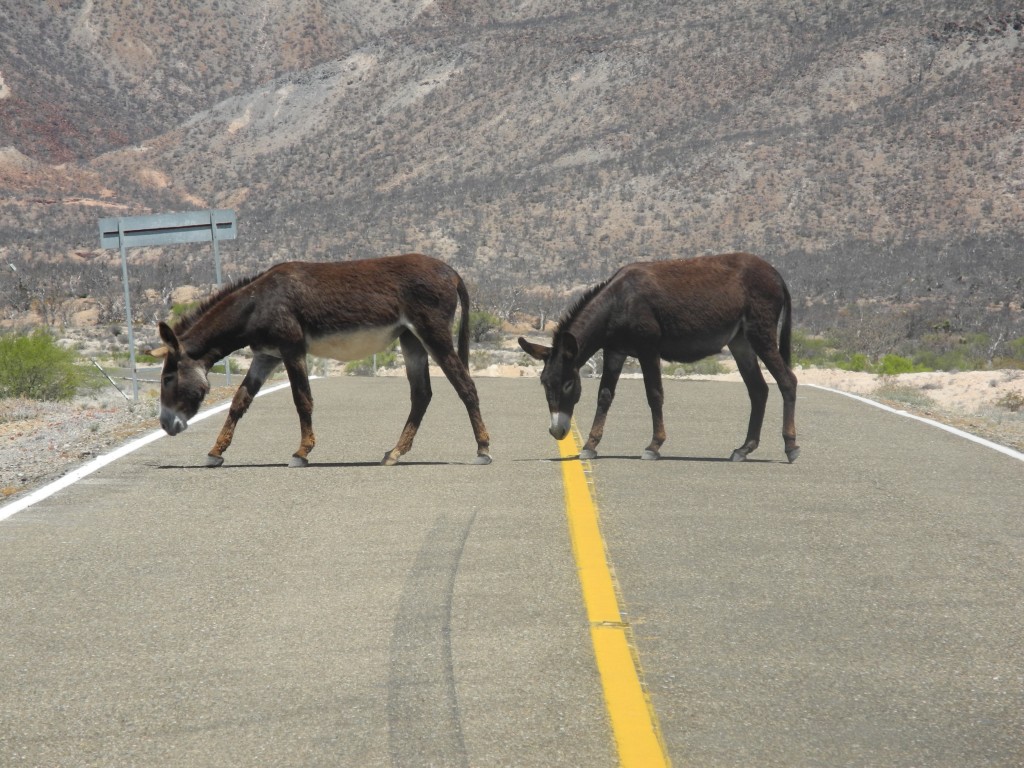
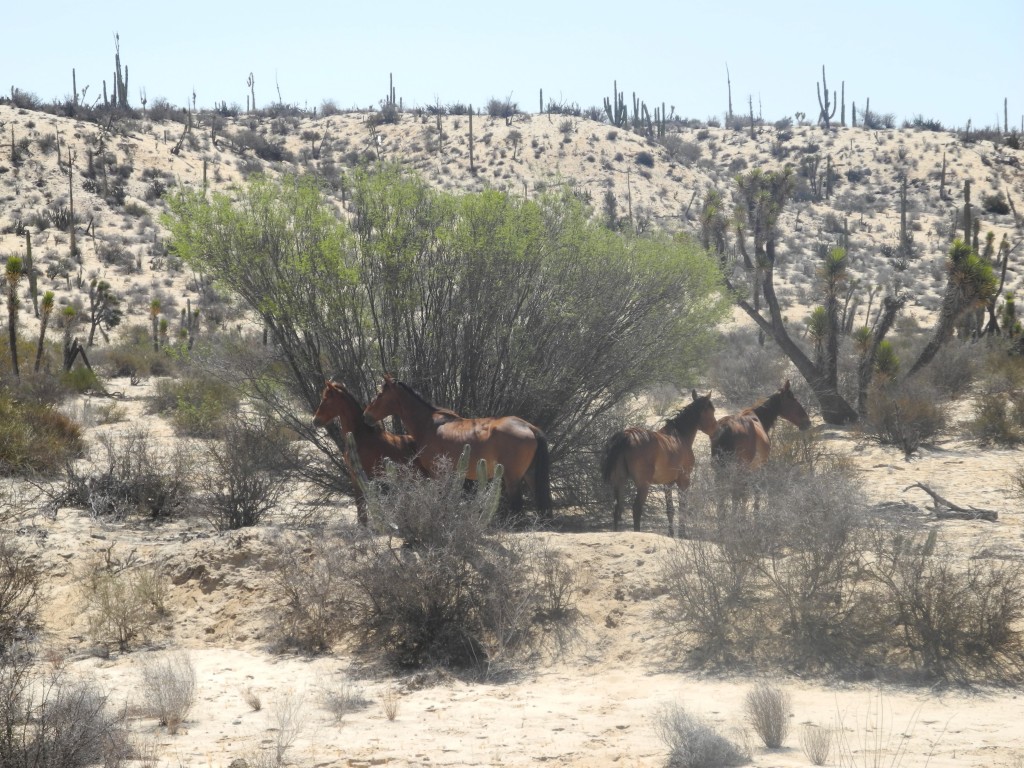
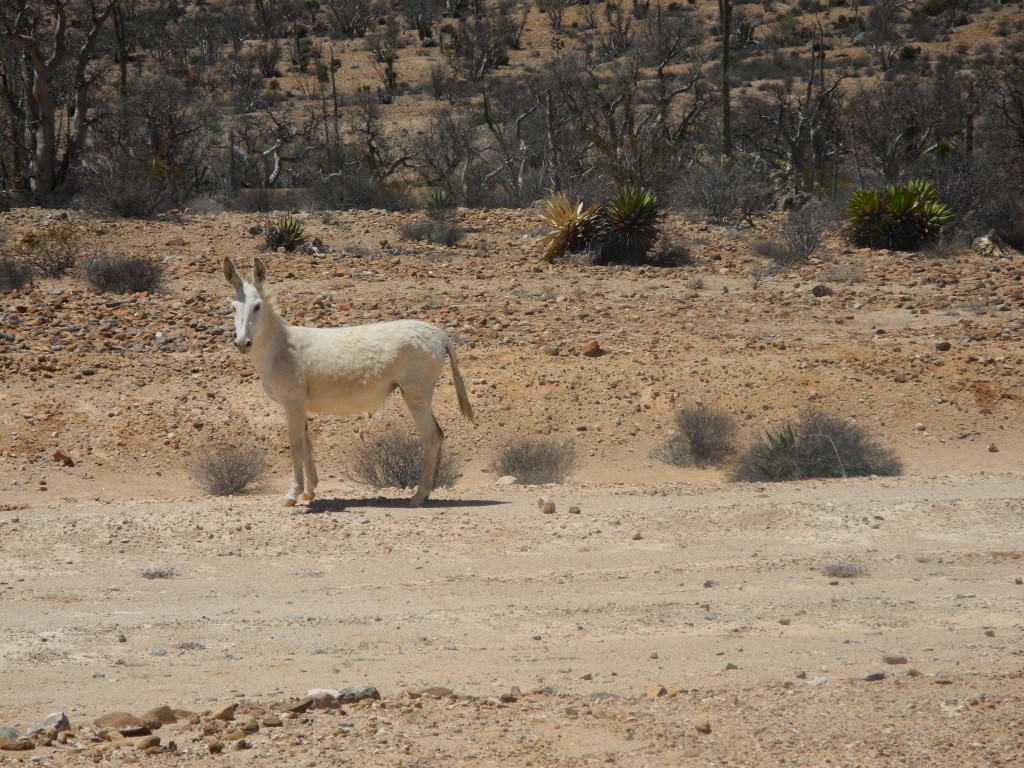
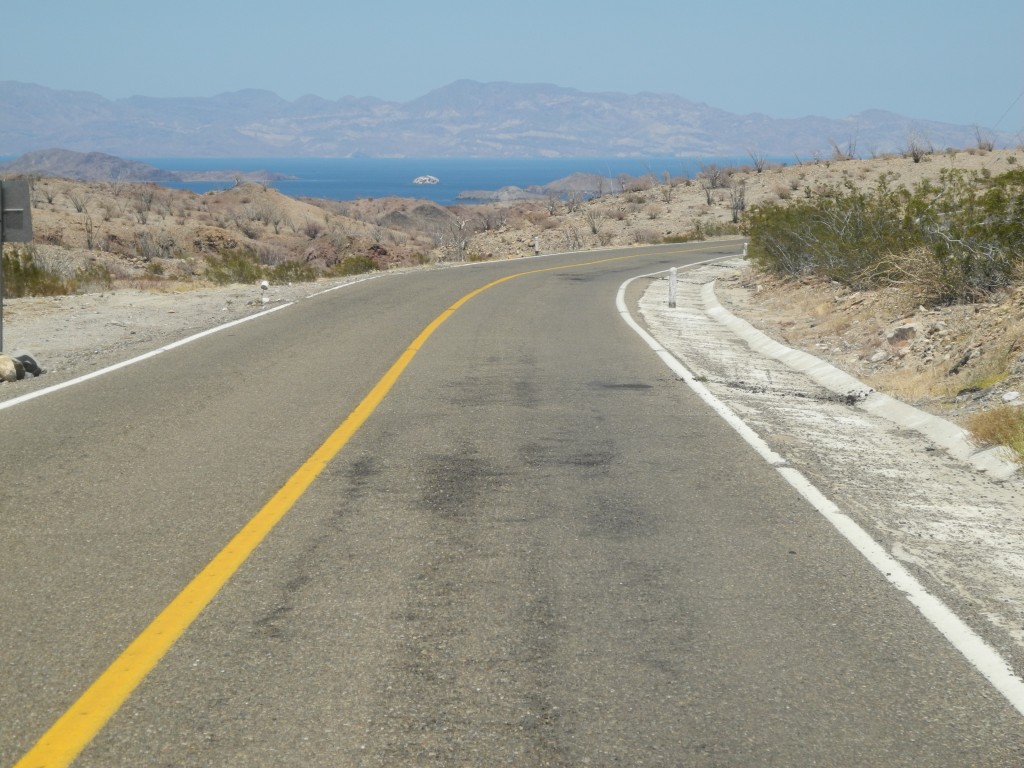
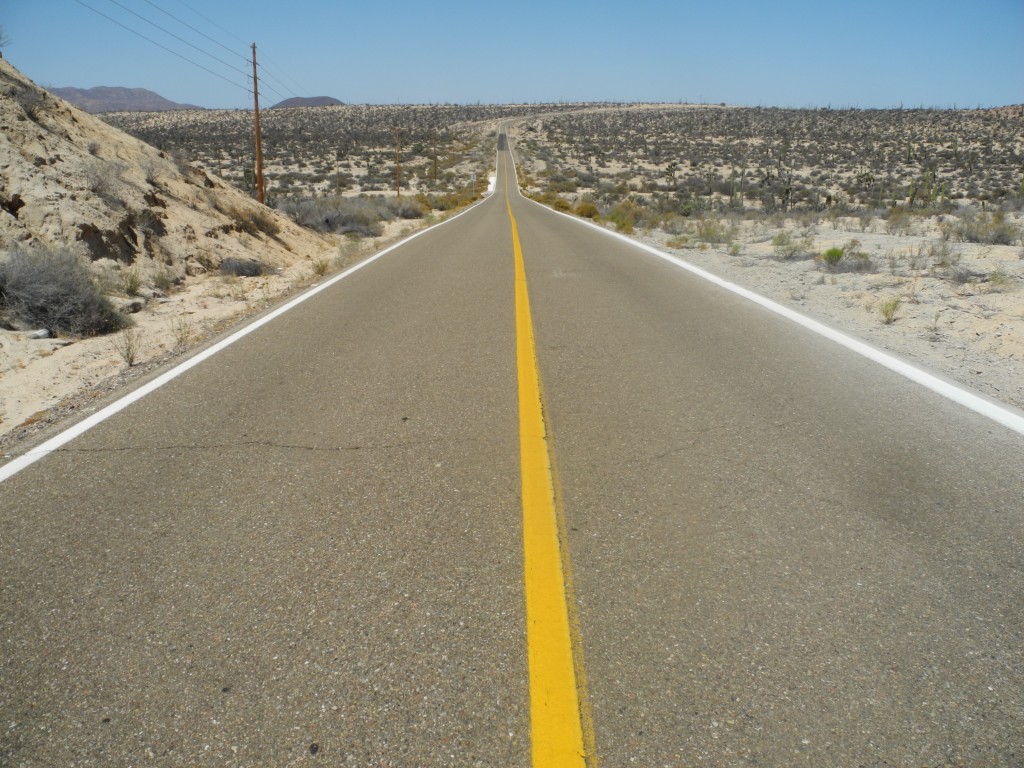
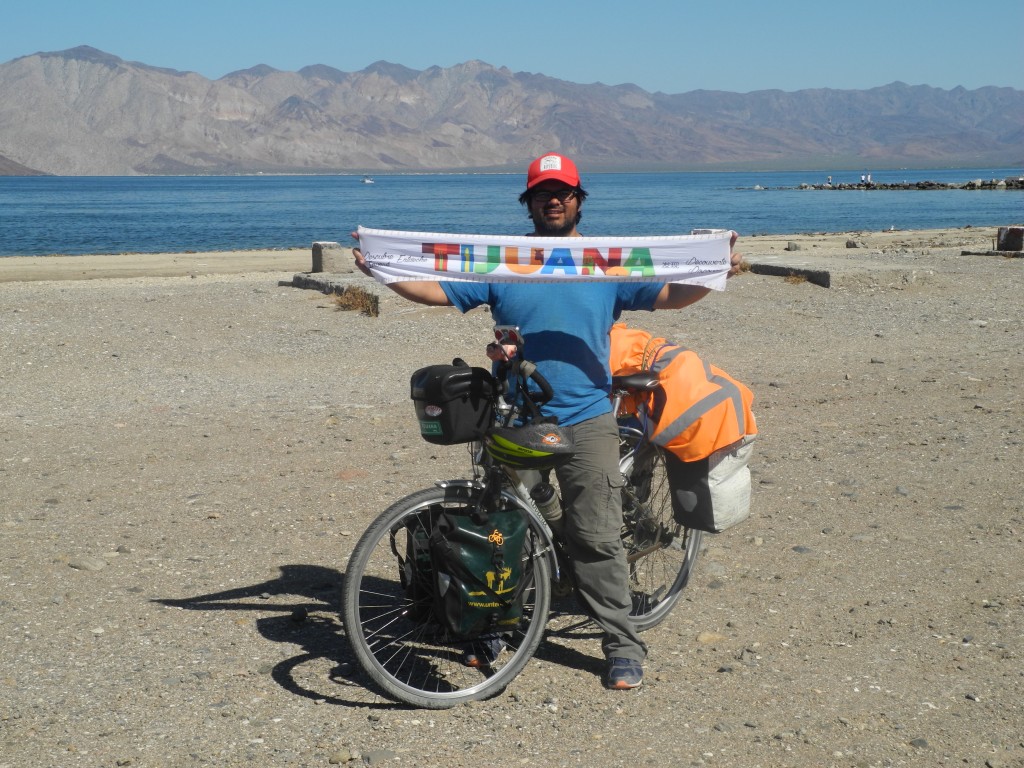
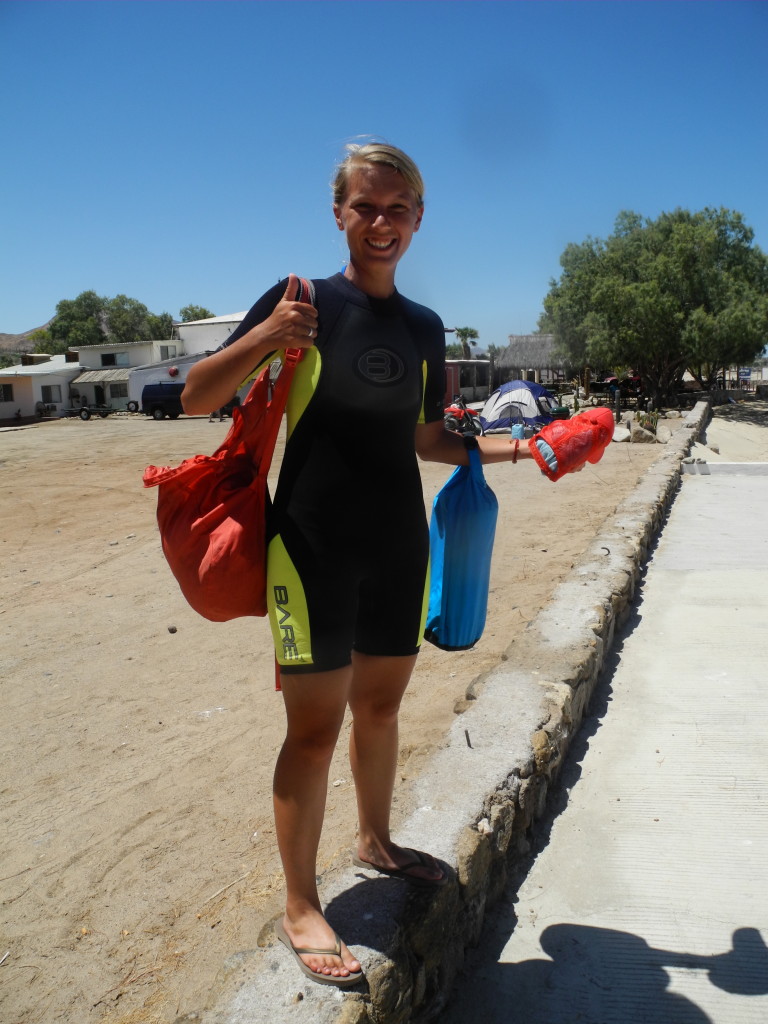
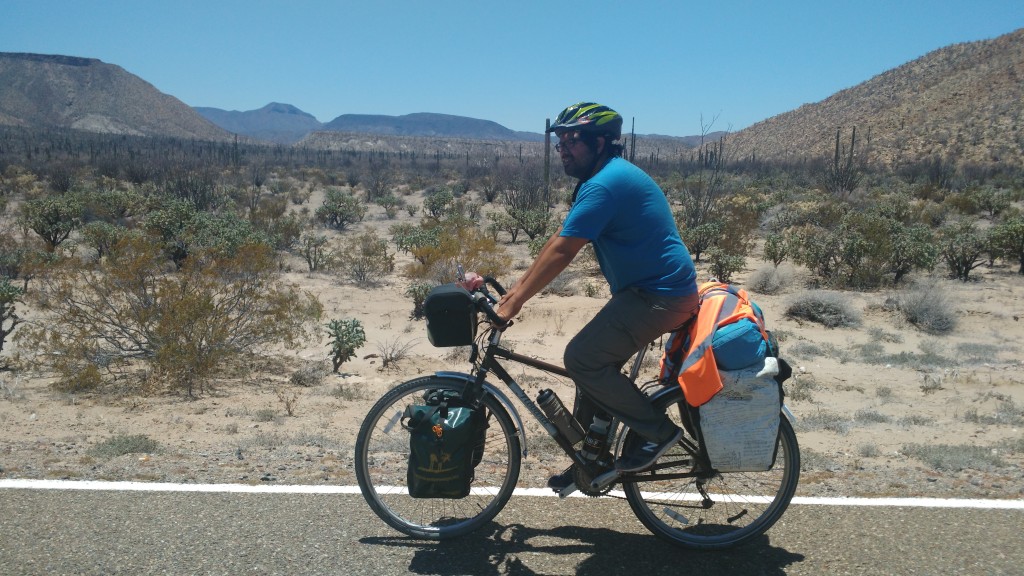
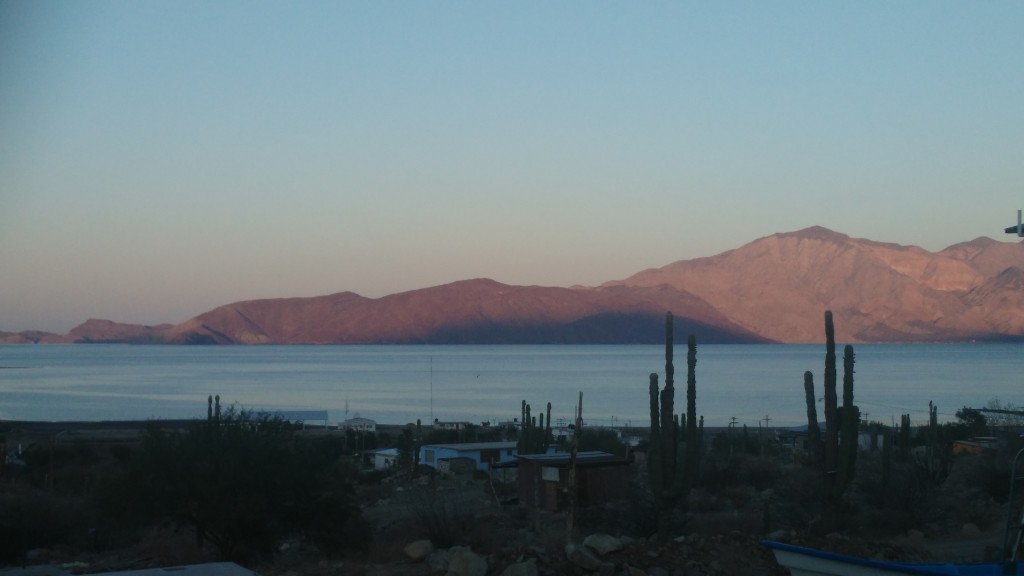
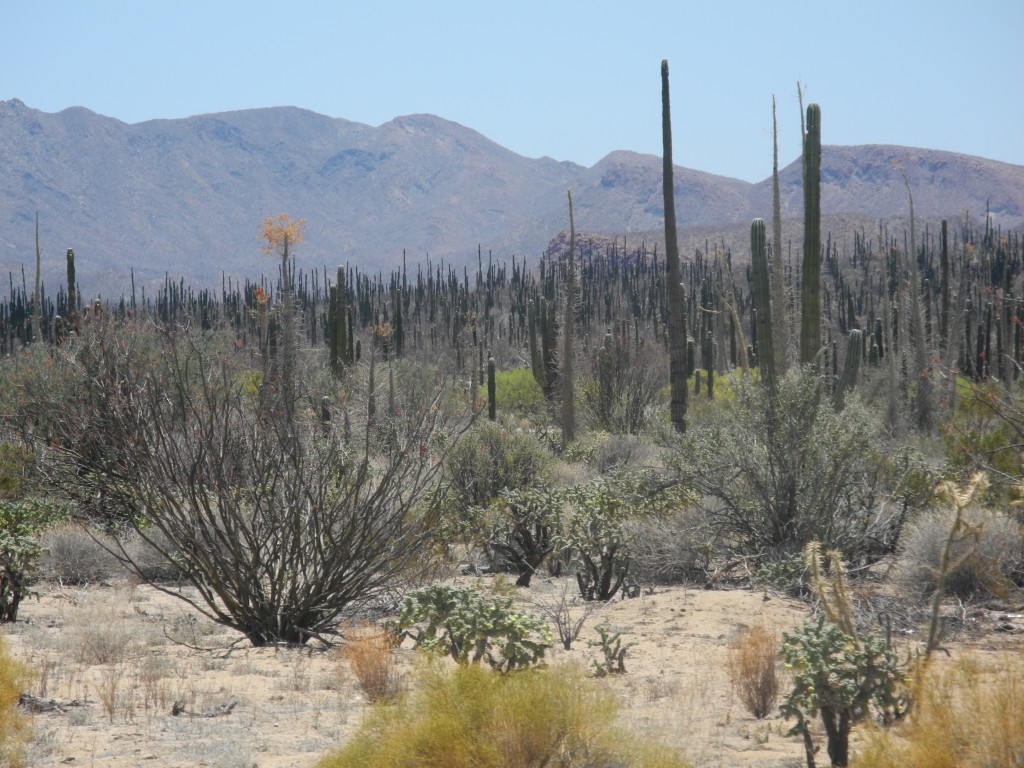
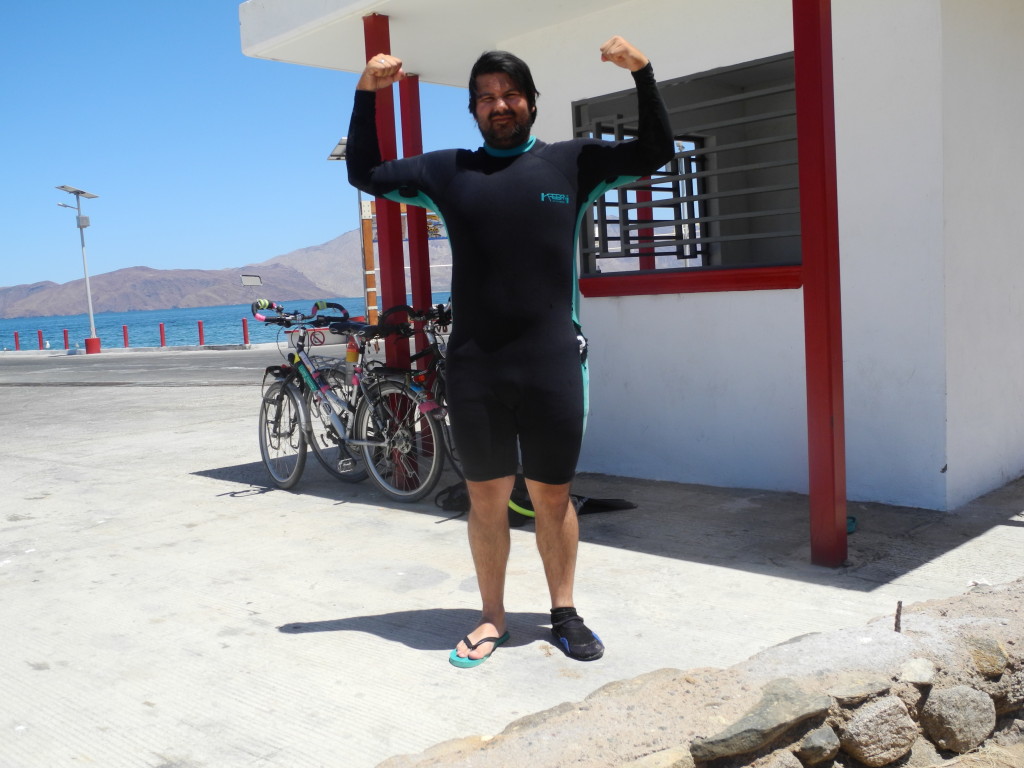
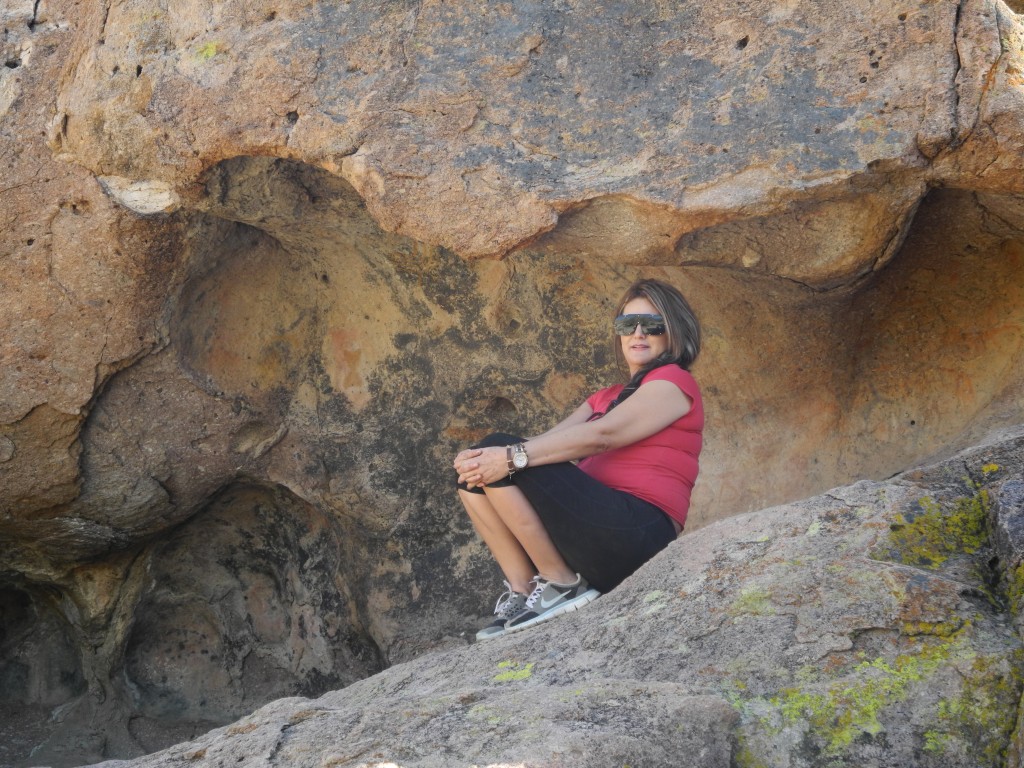
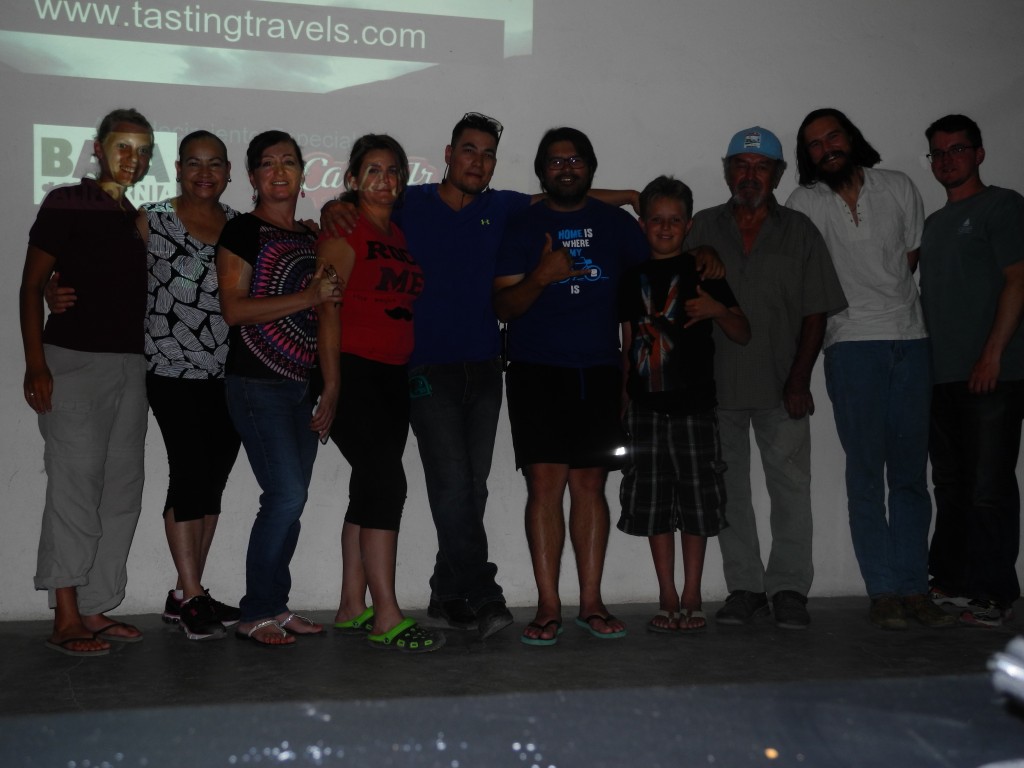
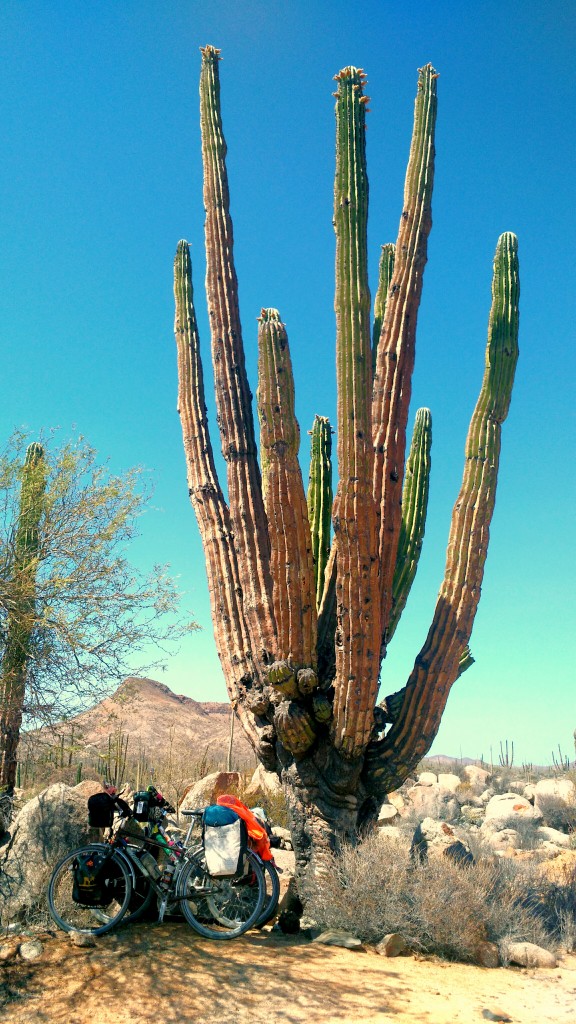
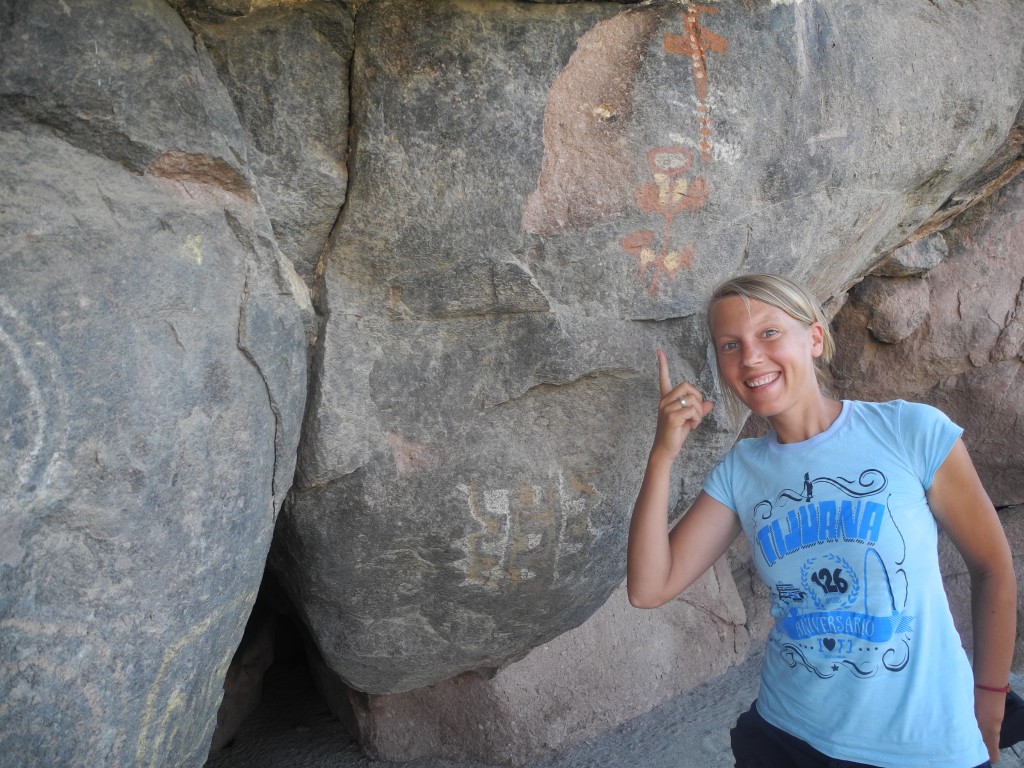
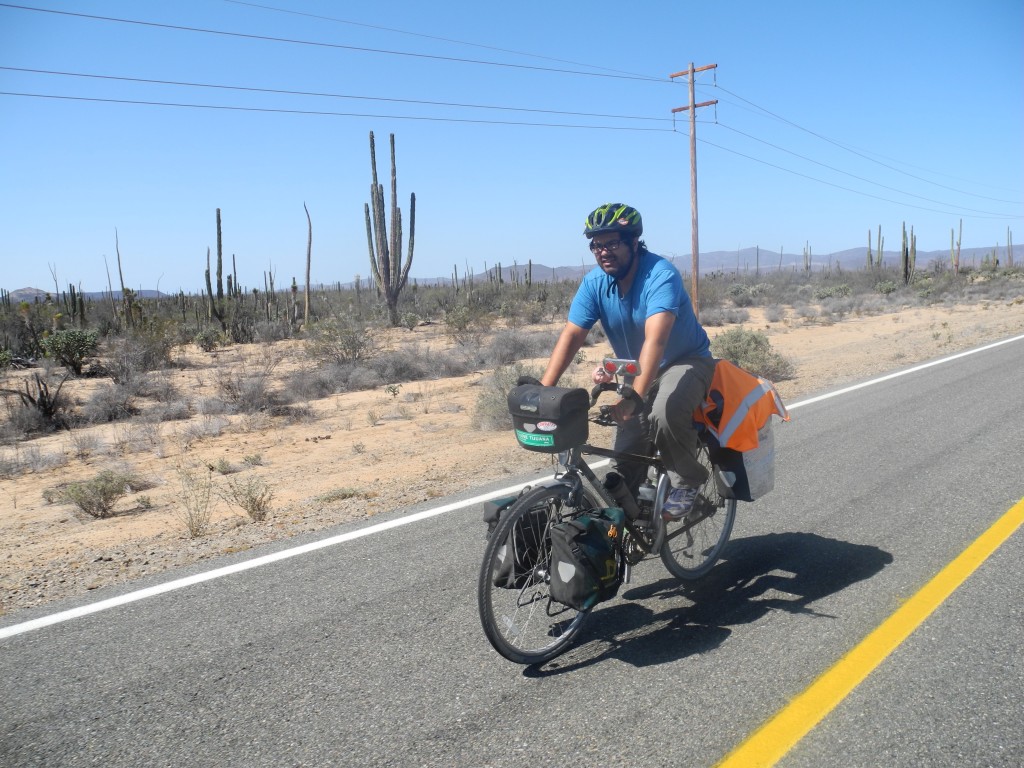
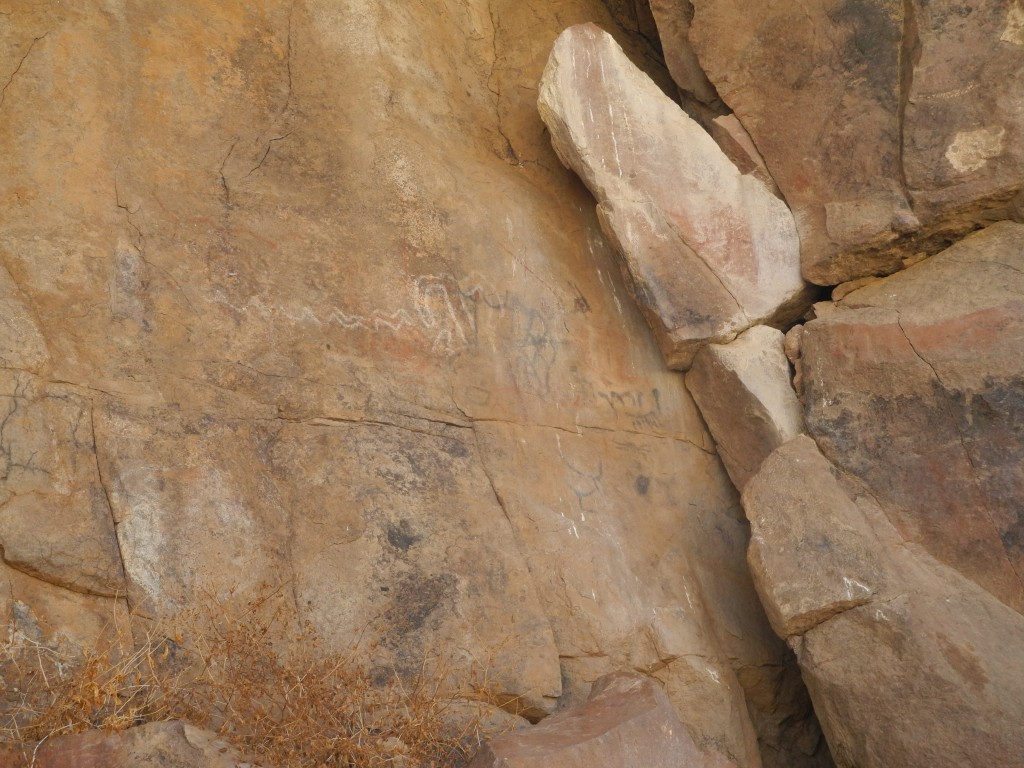
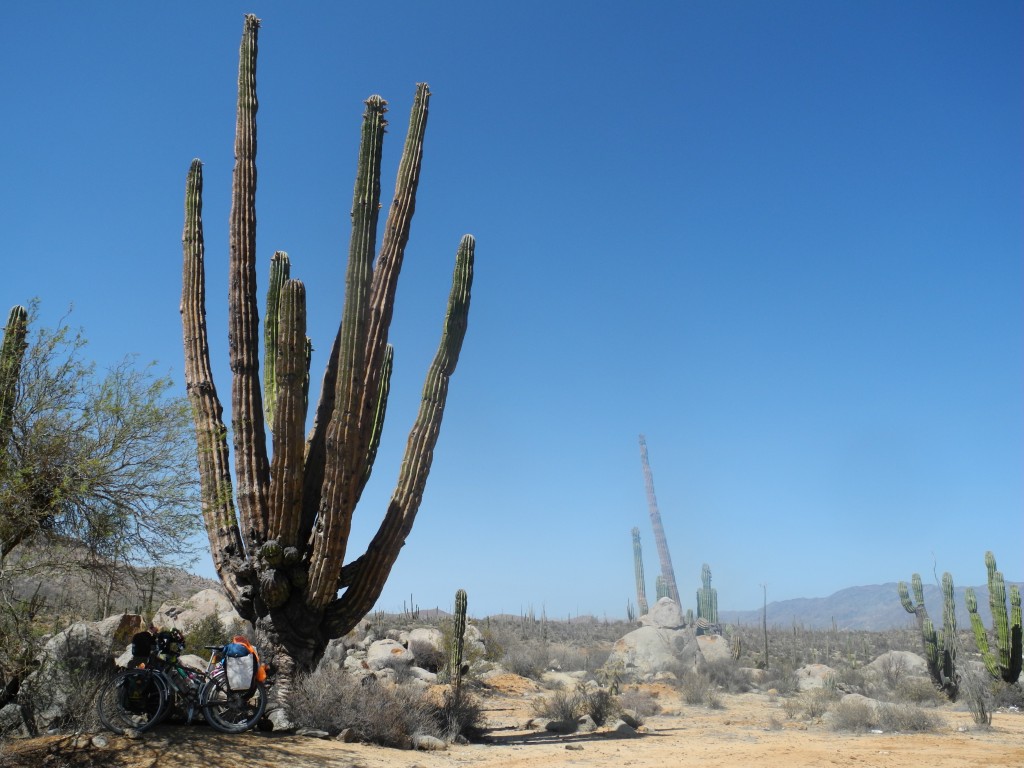
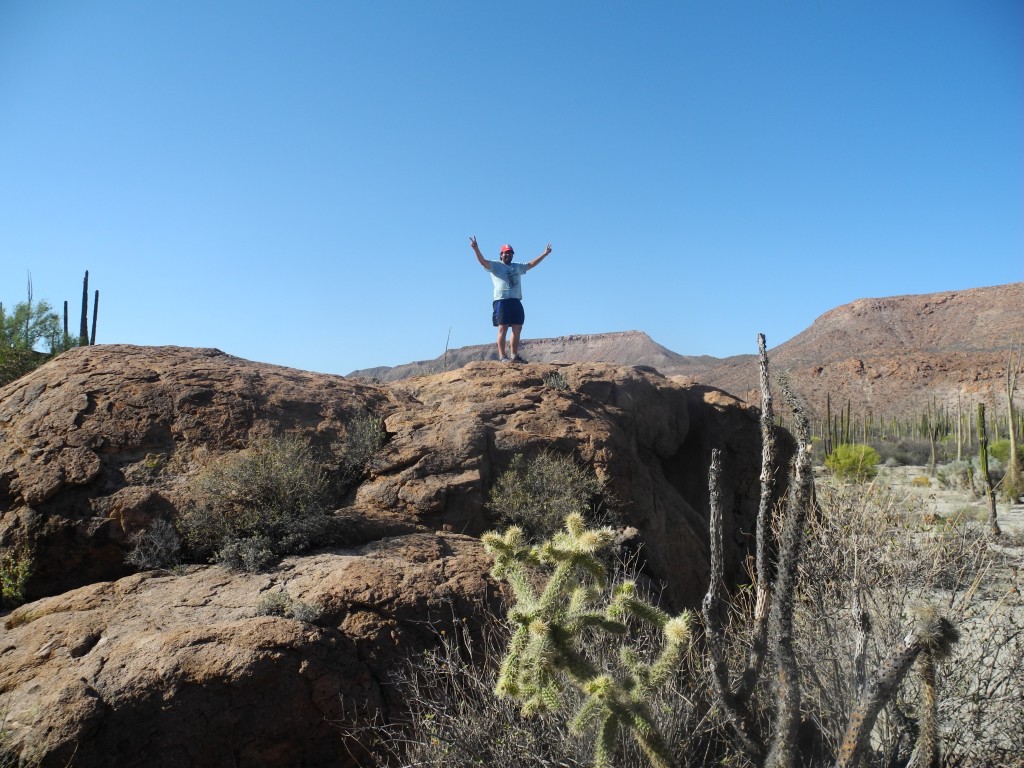
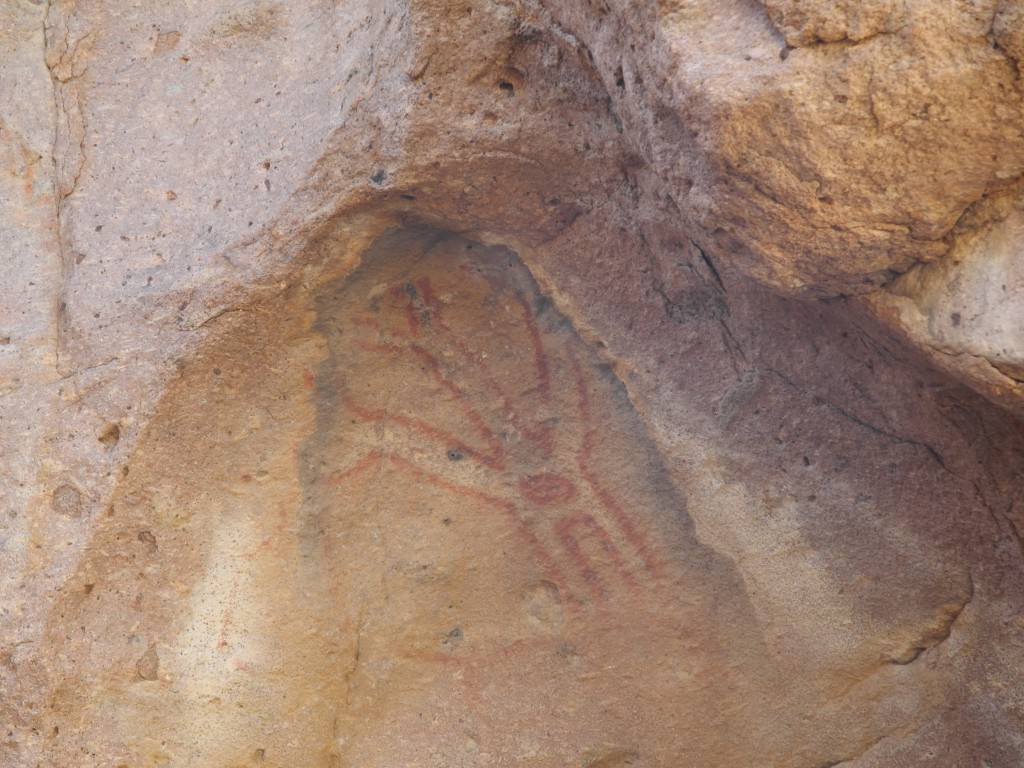
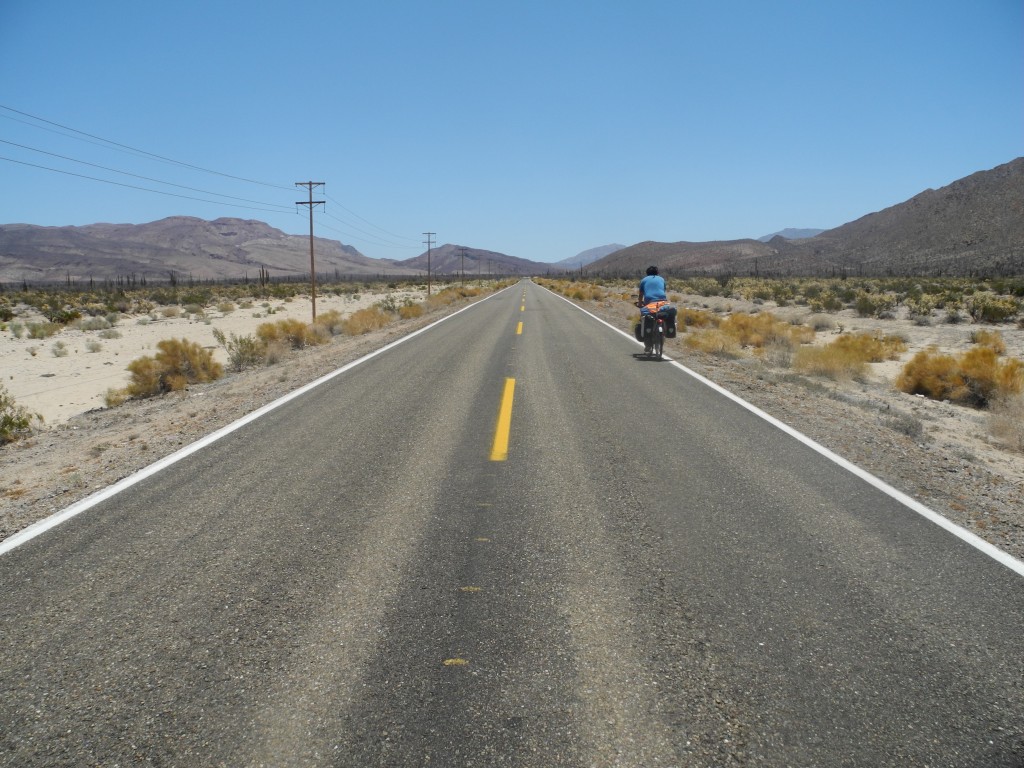
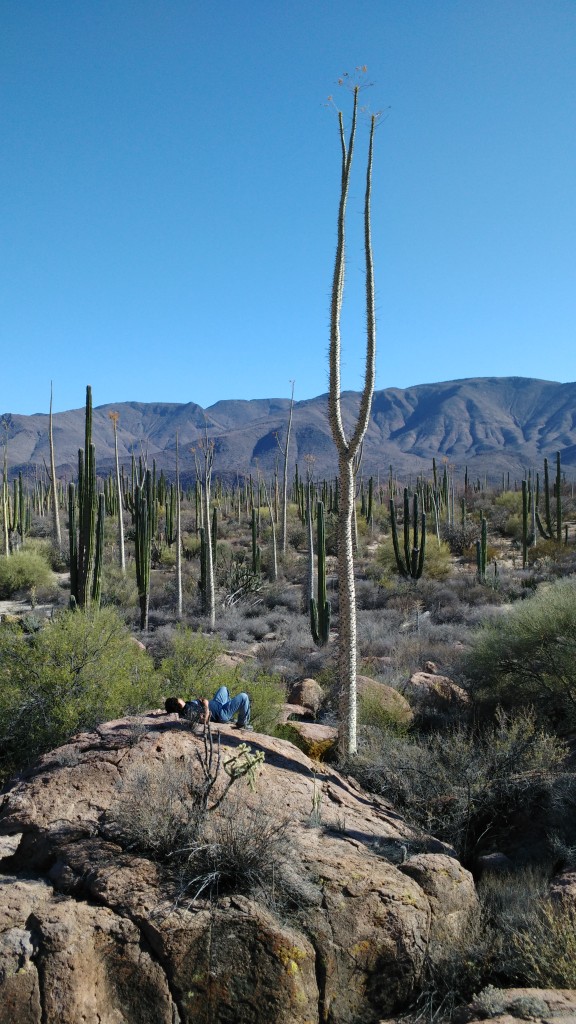
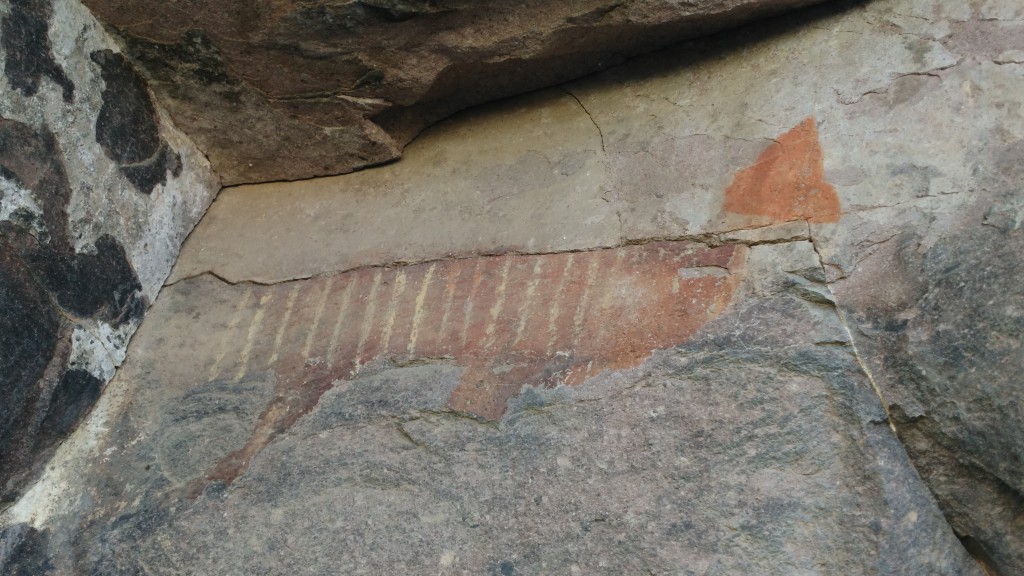
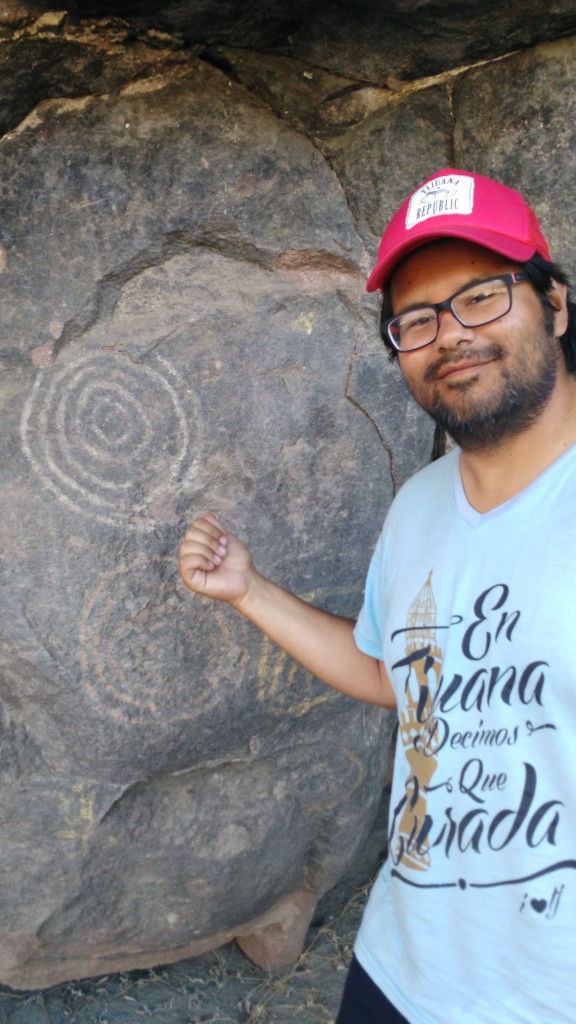
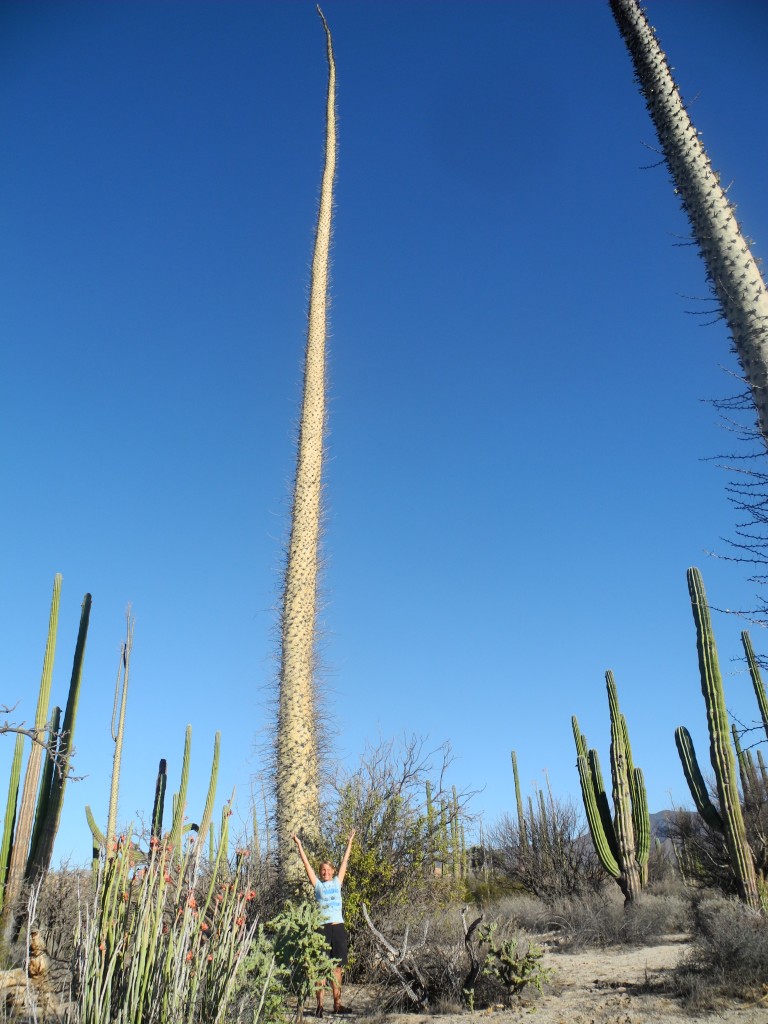
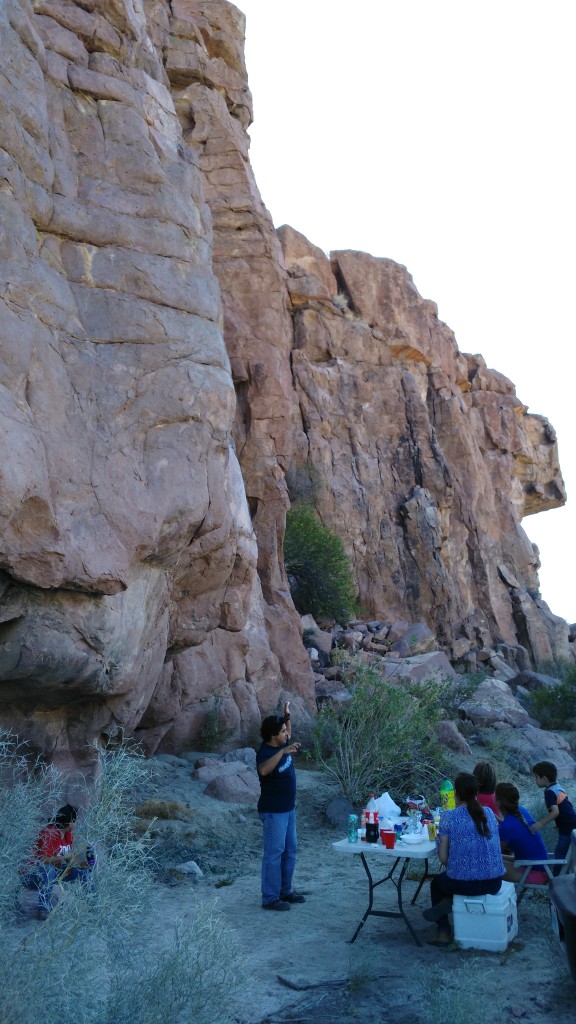
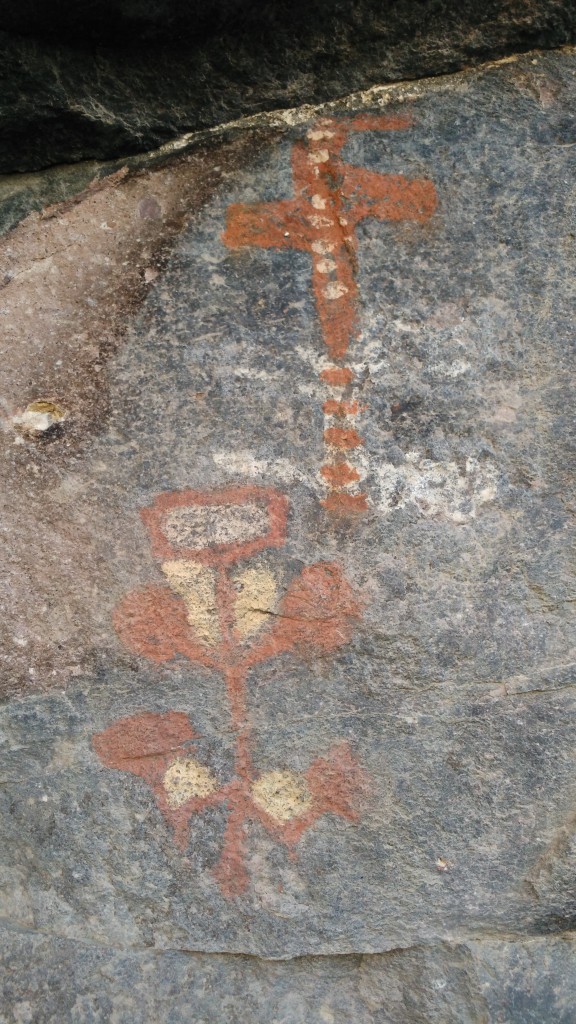
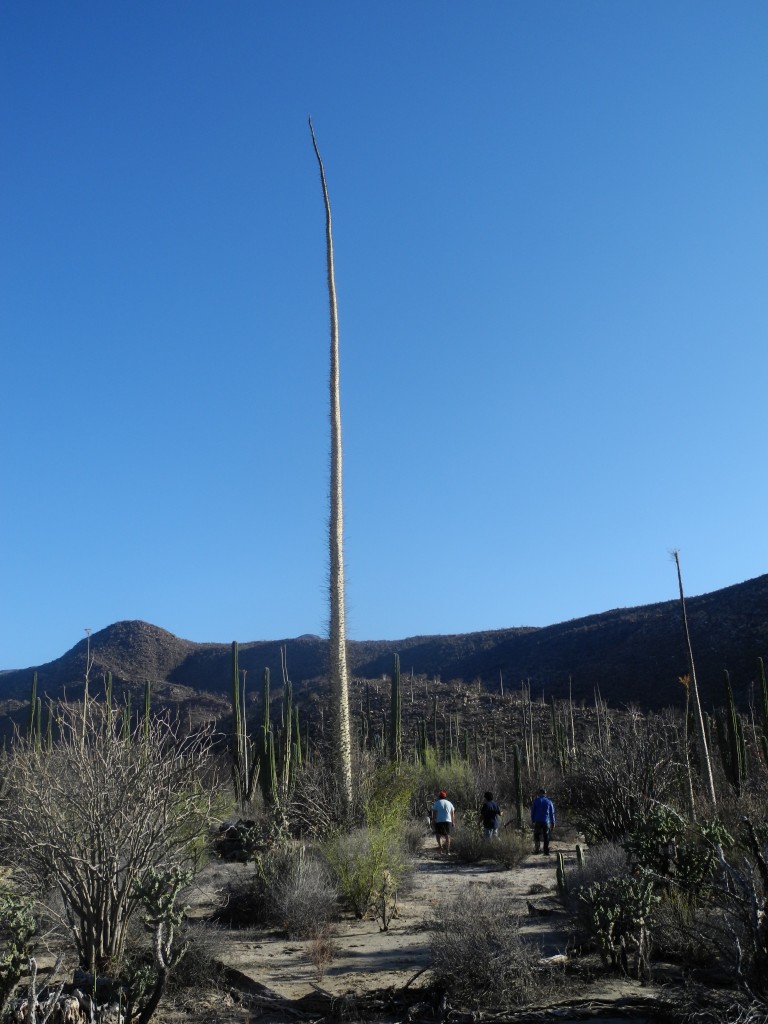
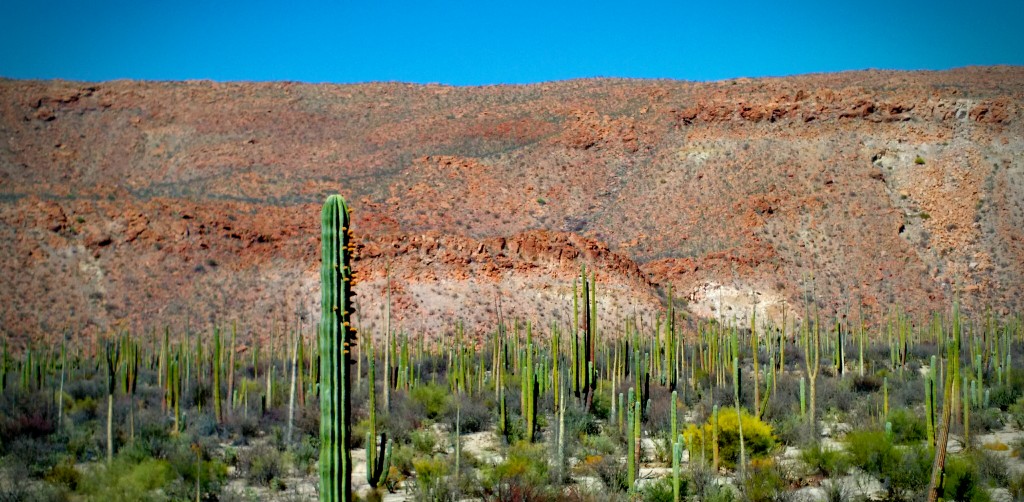
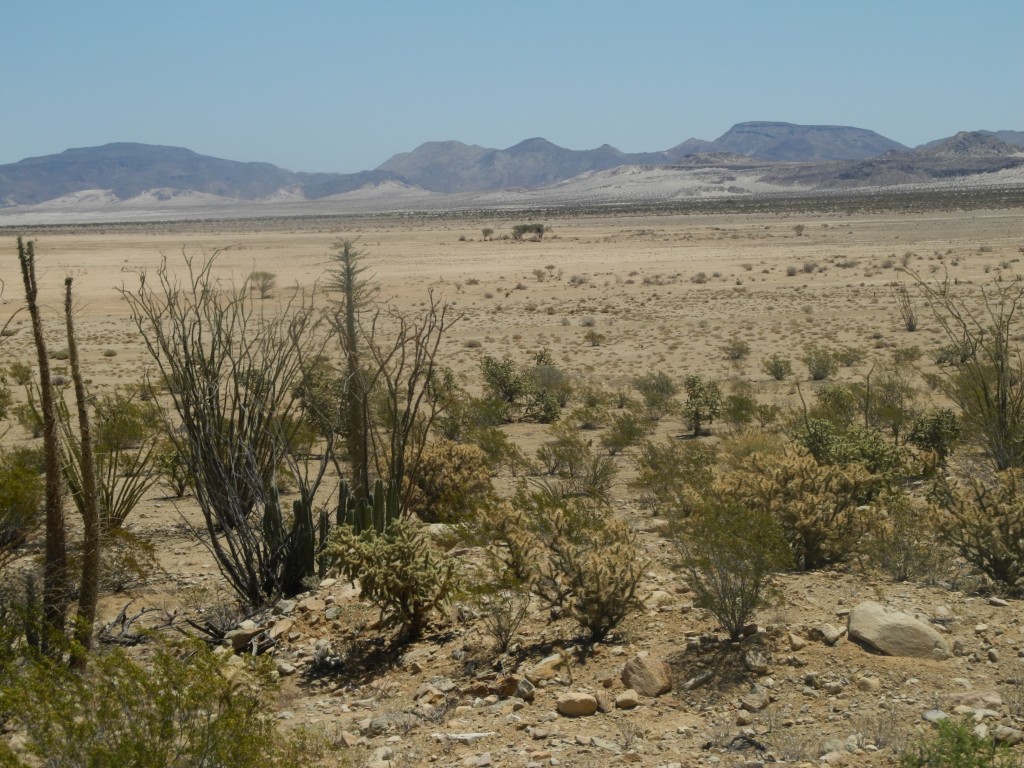
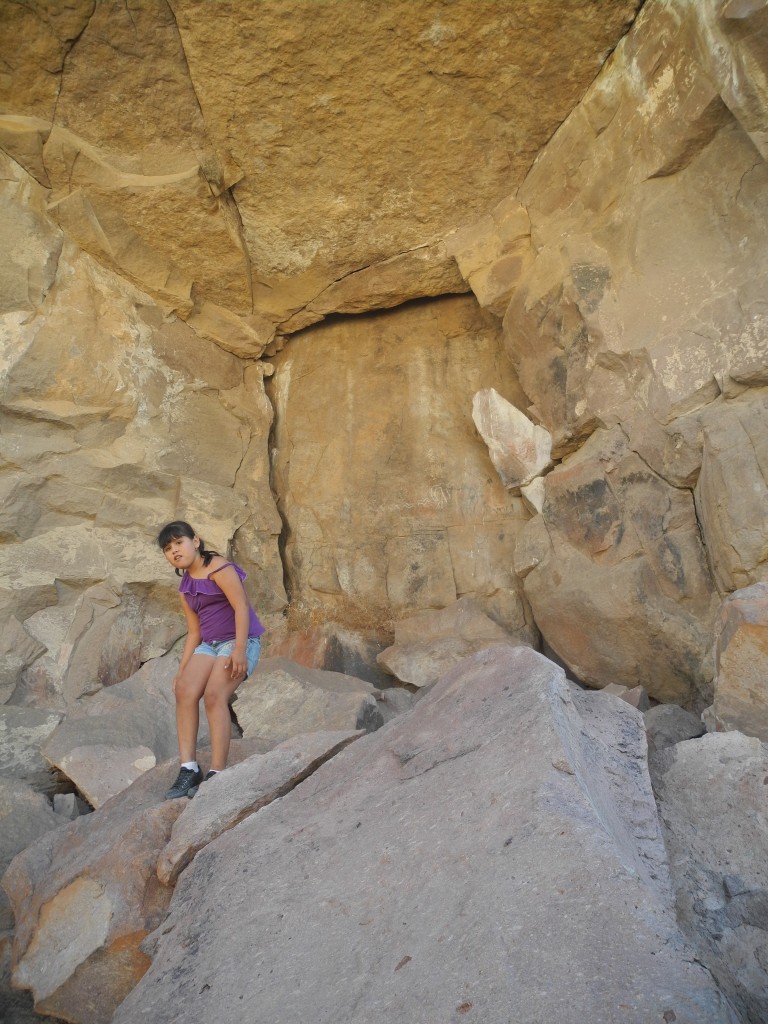
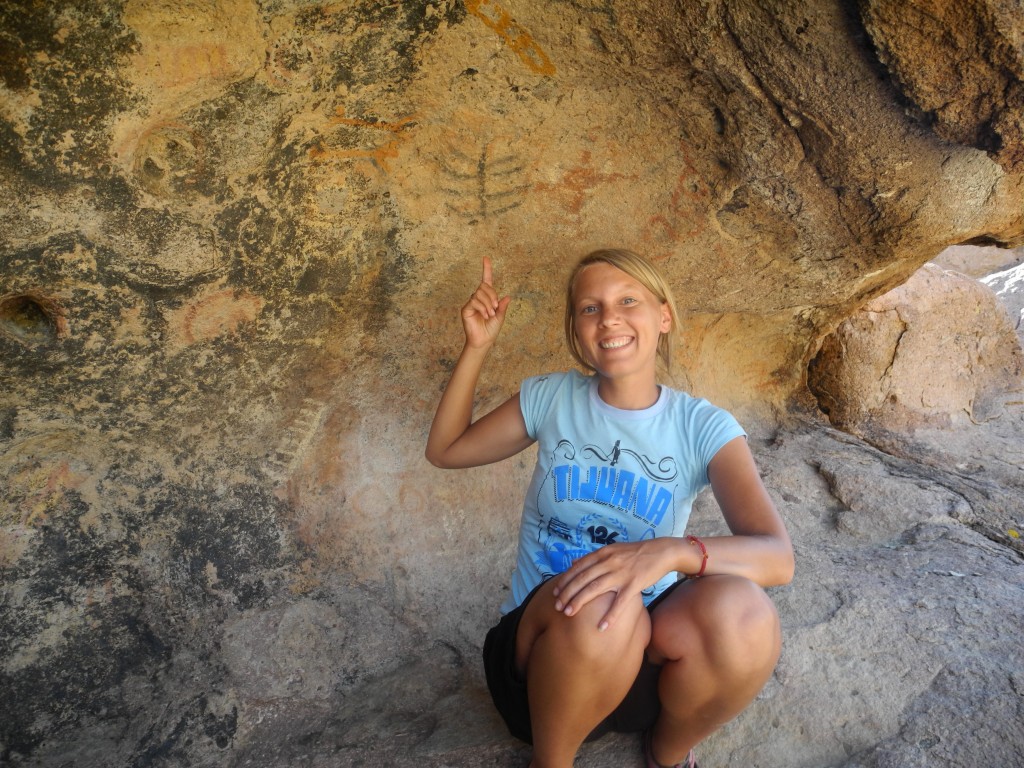
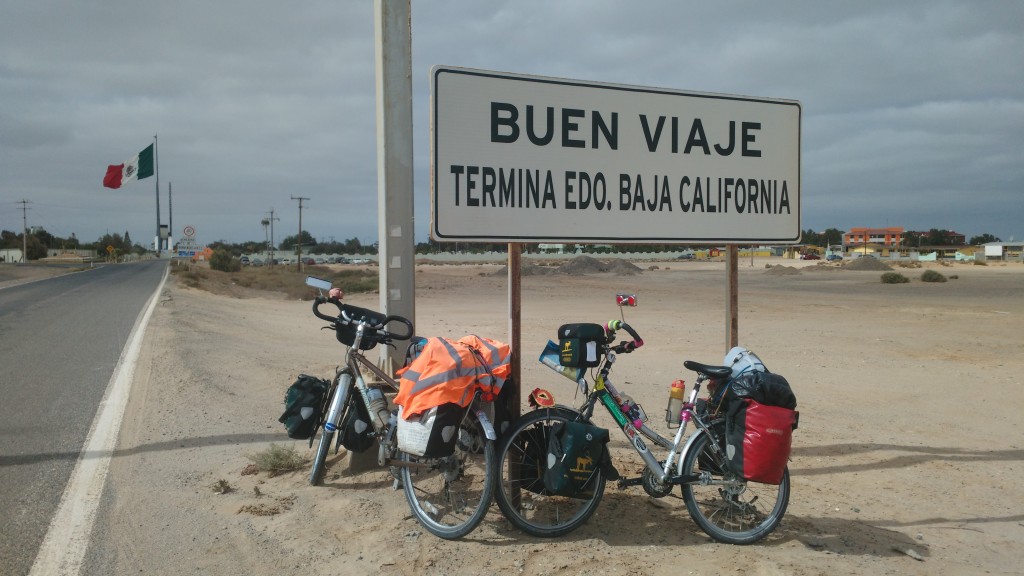
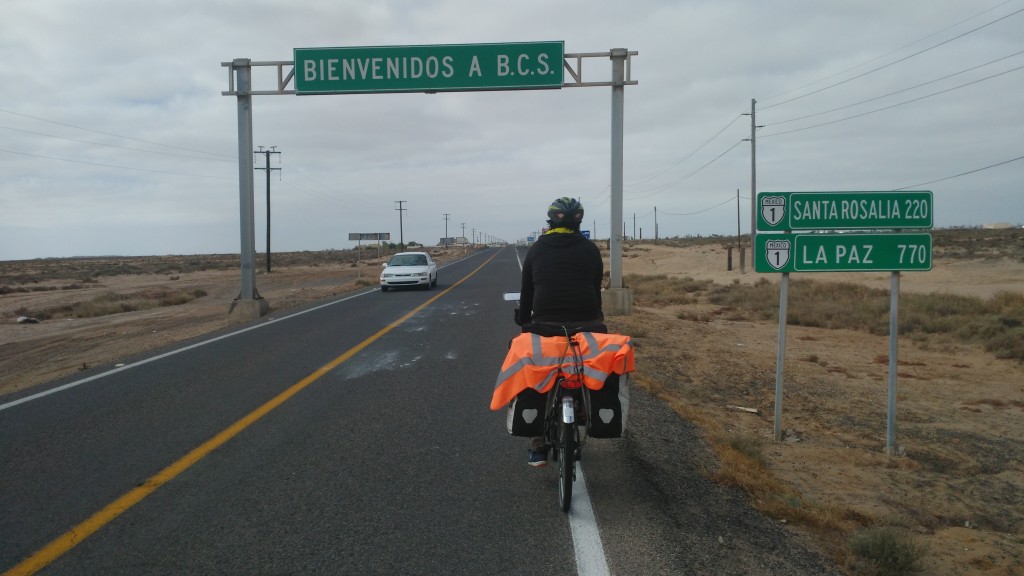
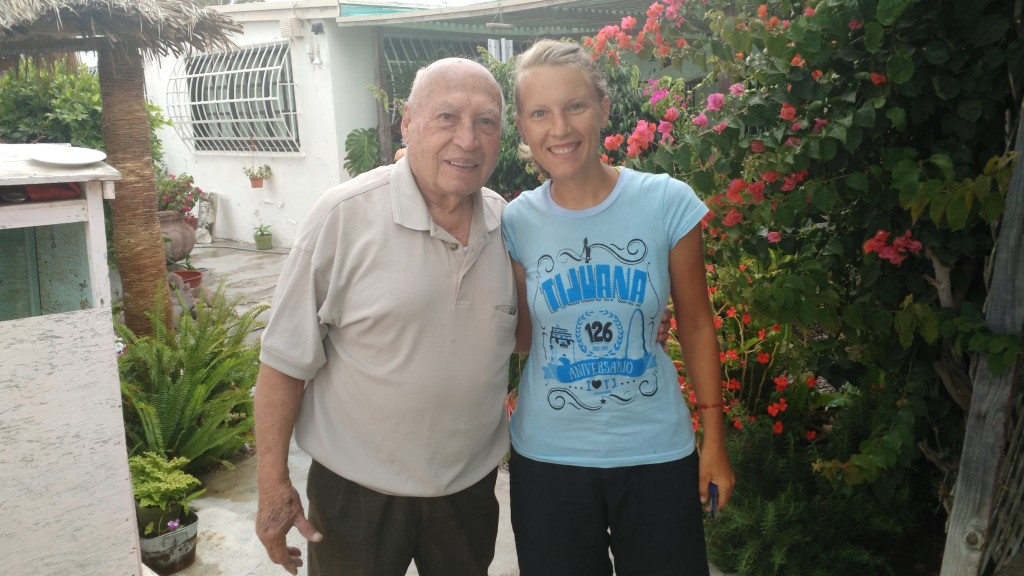
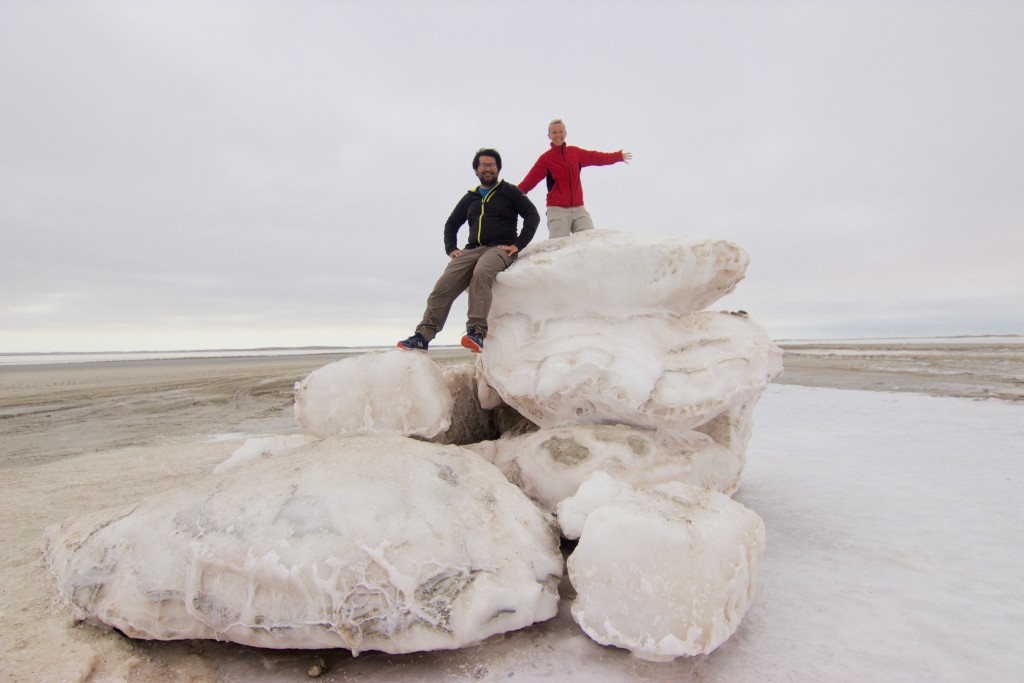

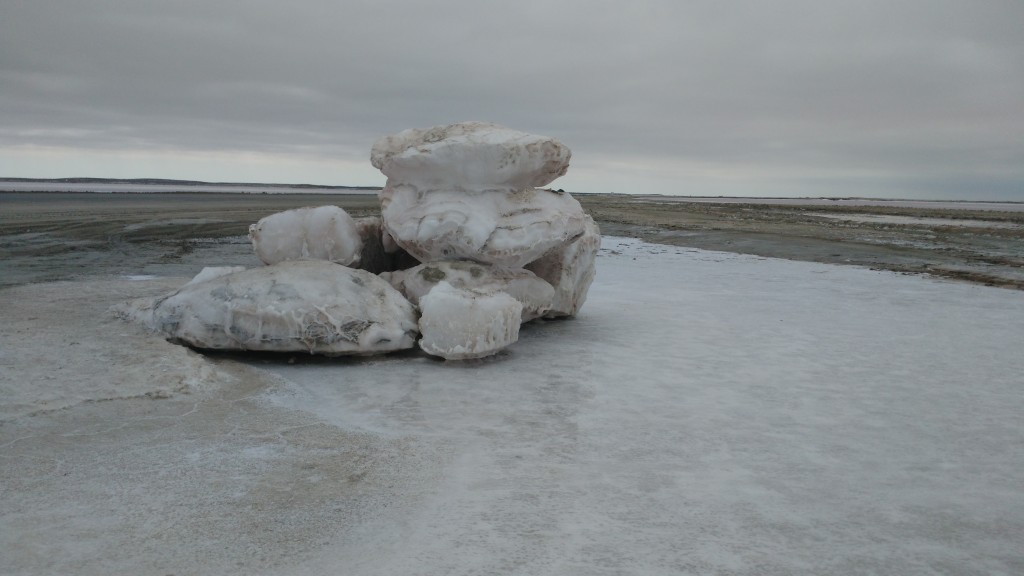
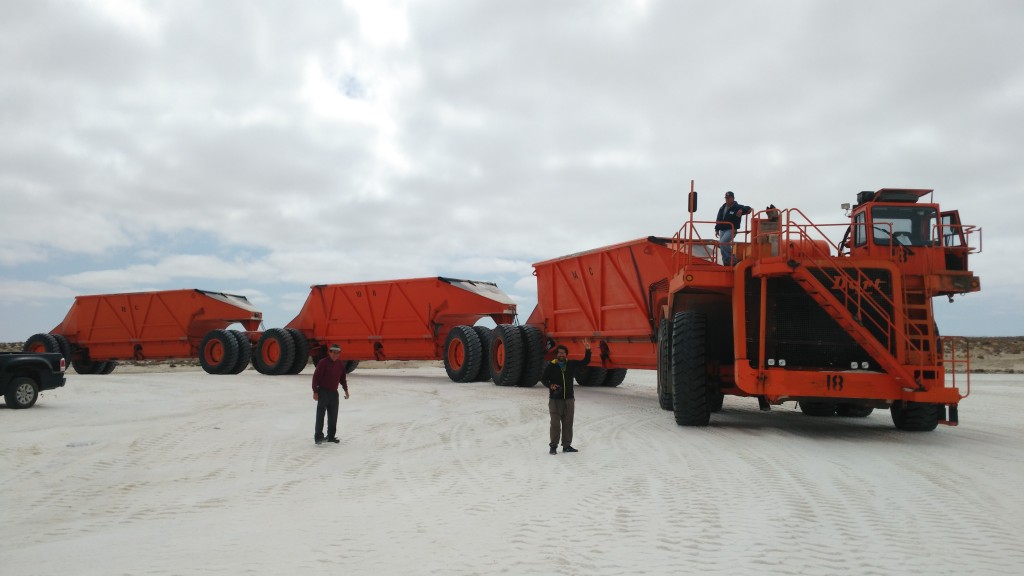
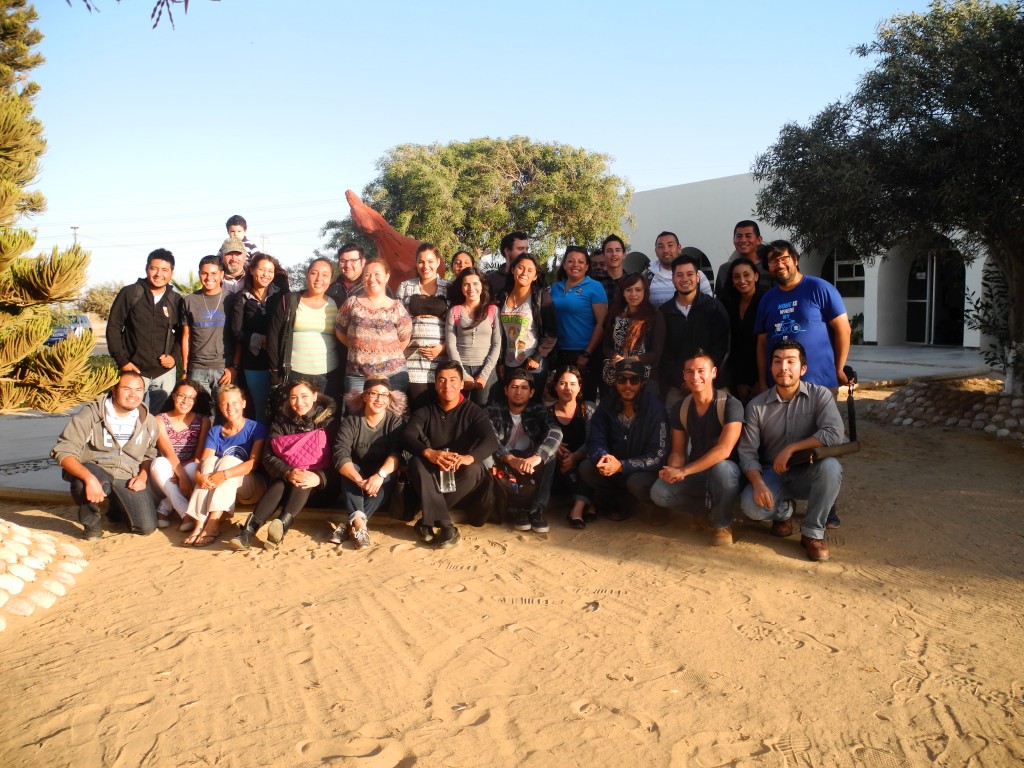
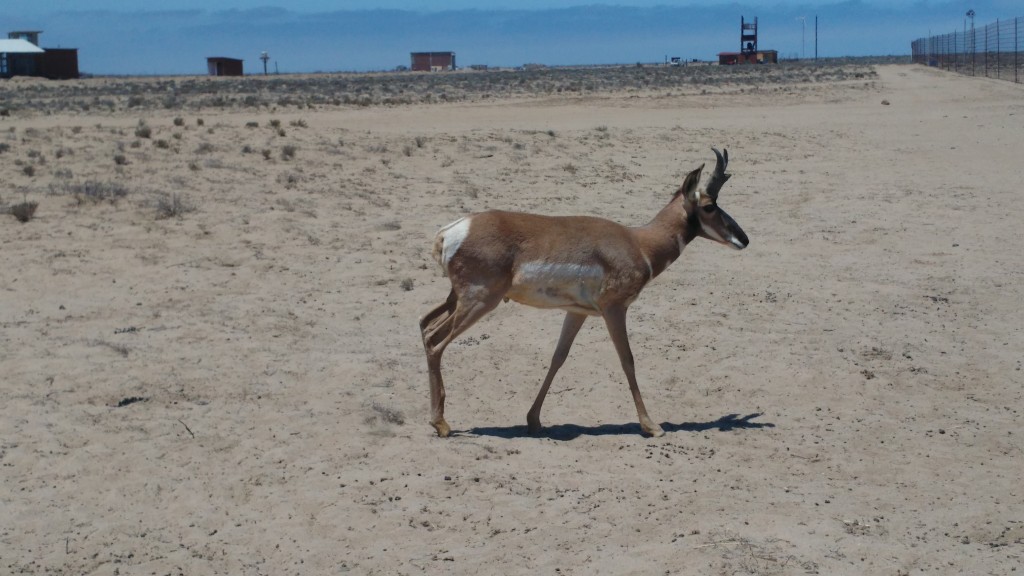
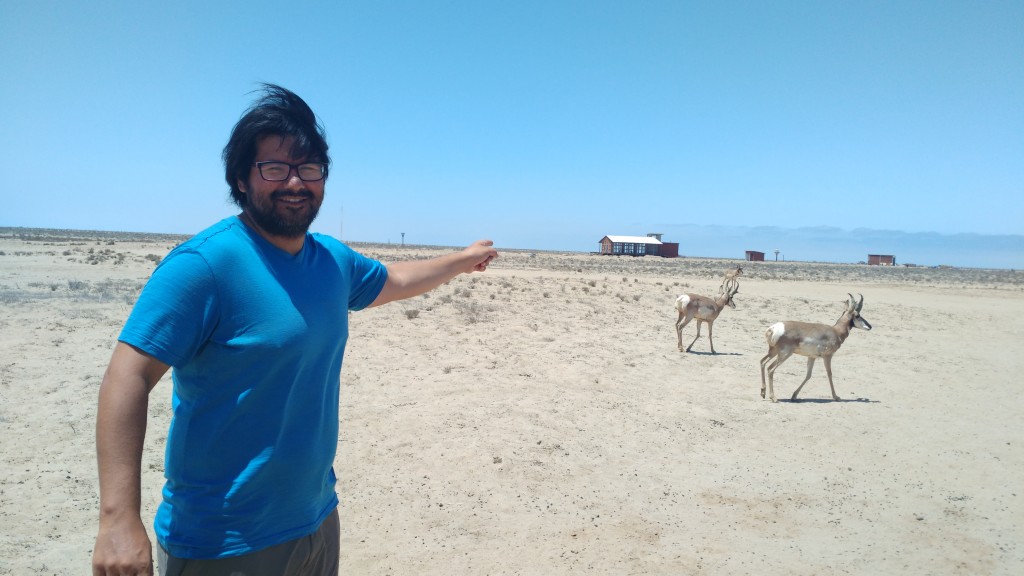
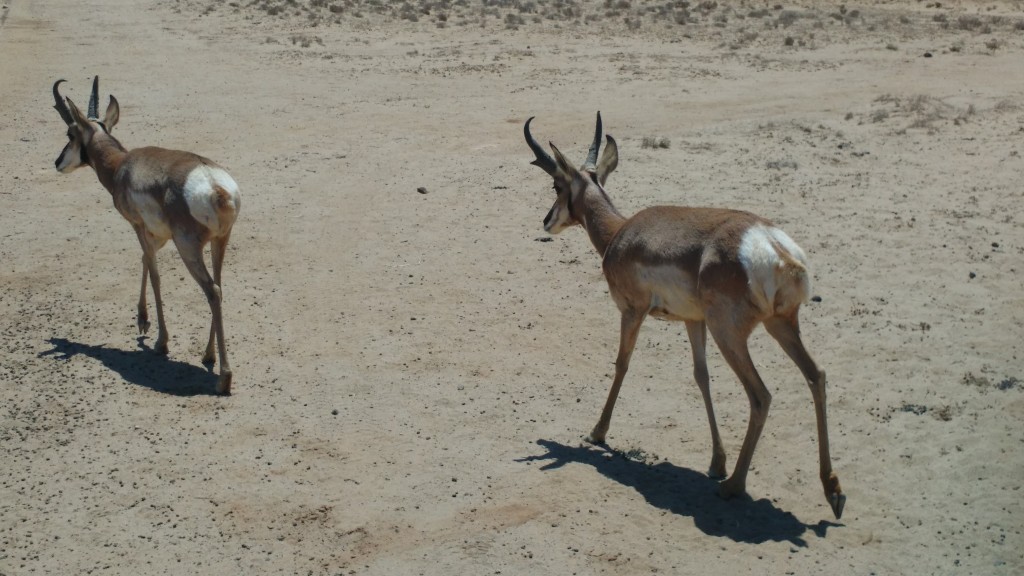
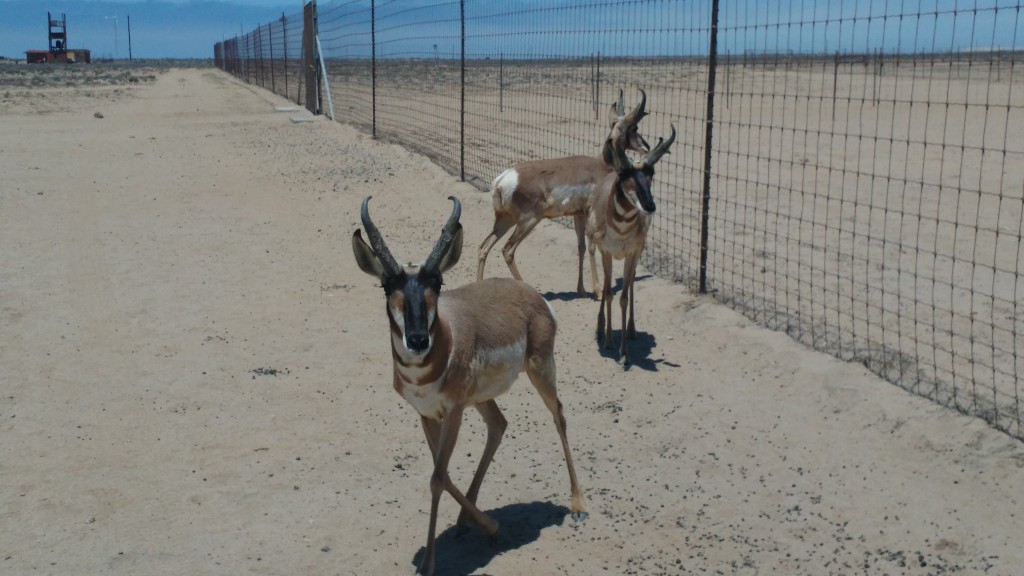
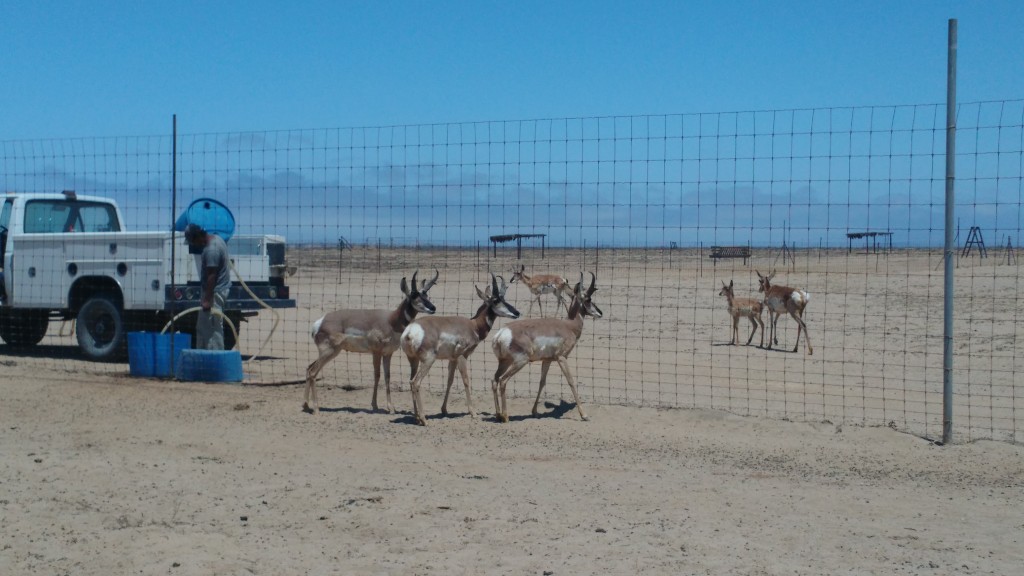





Pingback: Heat wave in the desert – Baja California Sur by bike part 1 - Tasting Travels
Pingback: Antilopen, Kojoten und Felsmalereien – Baja California mit dem Fahrrad Teil 4 - Tasting Travels